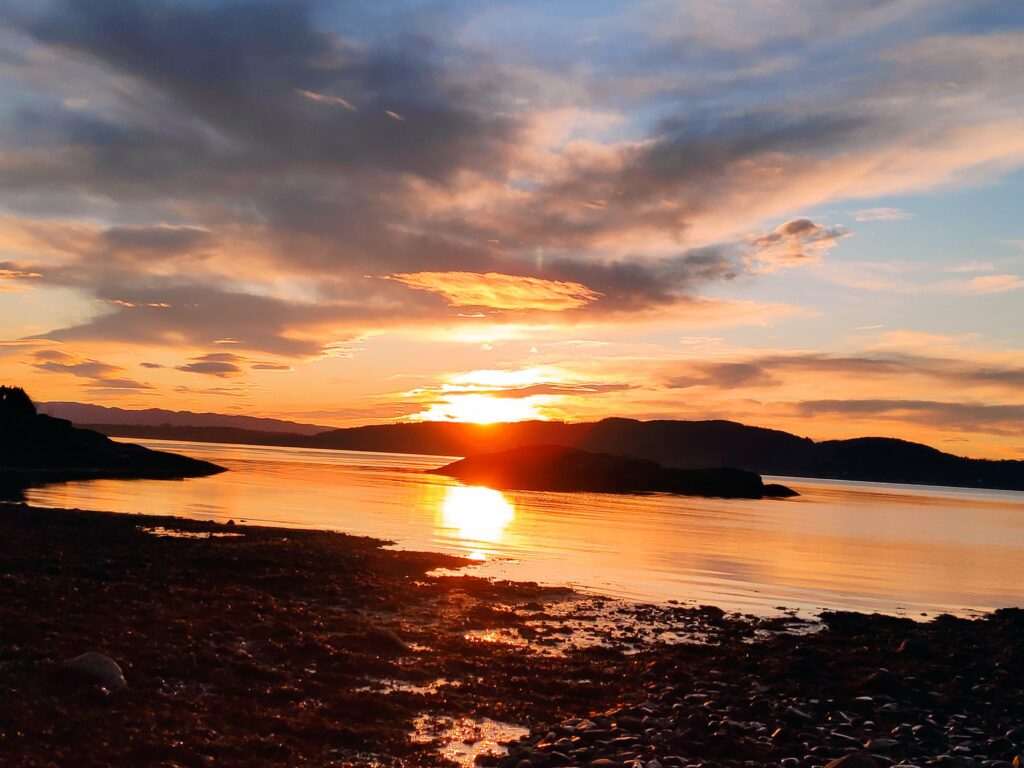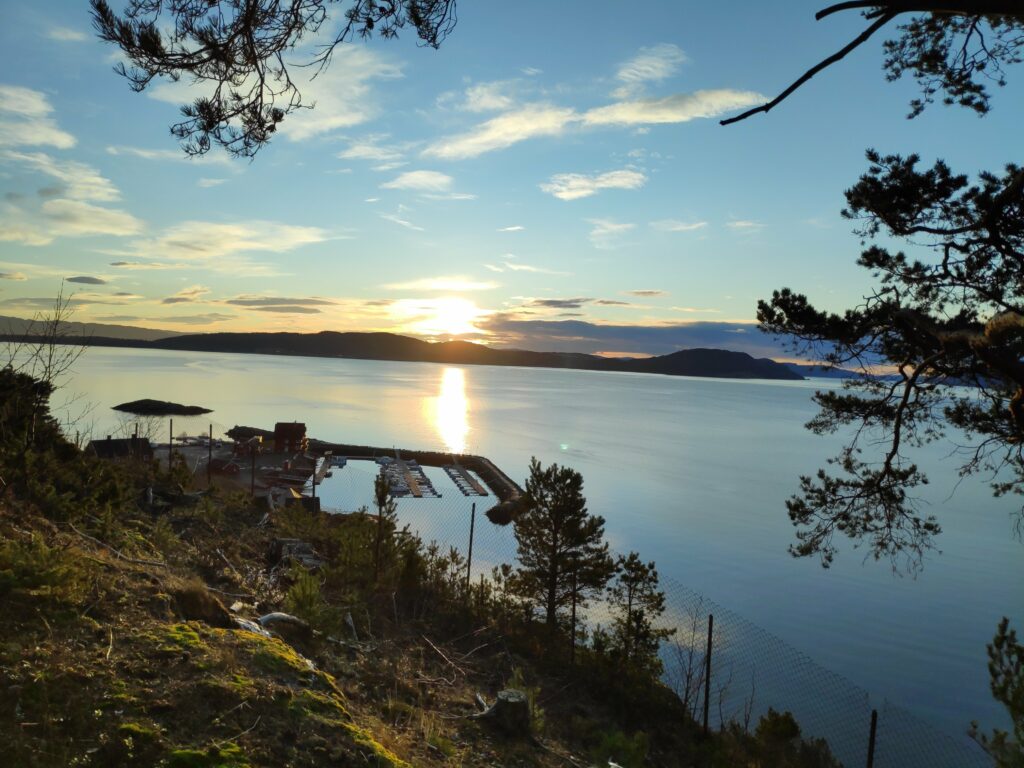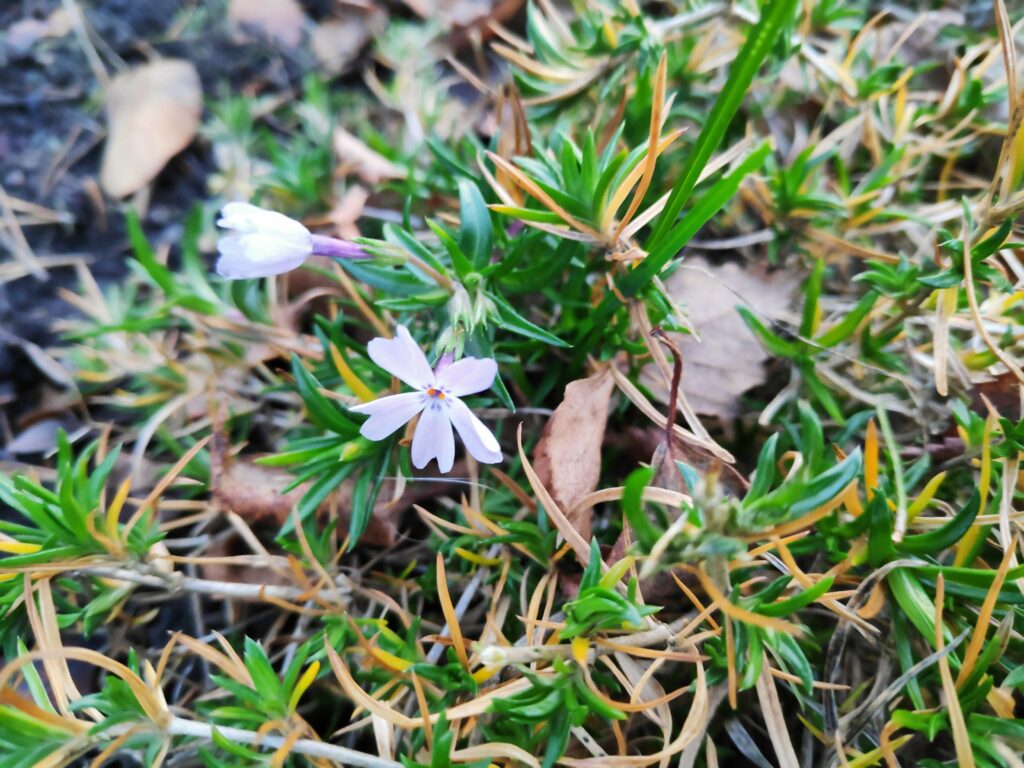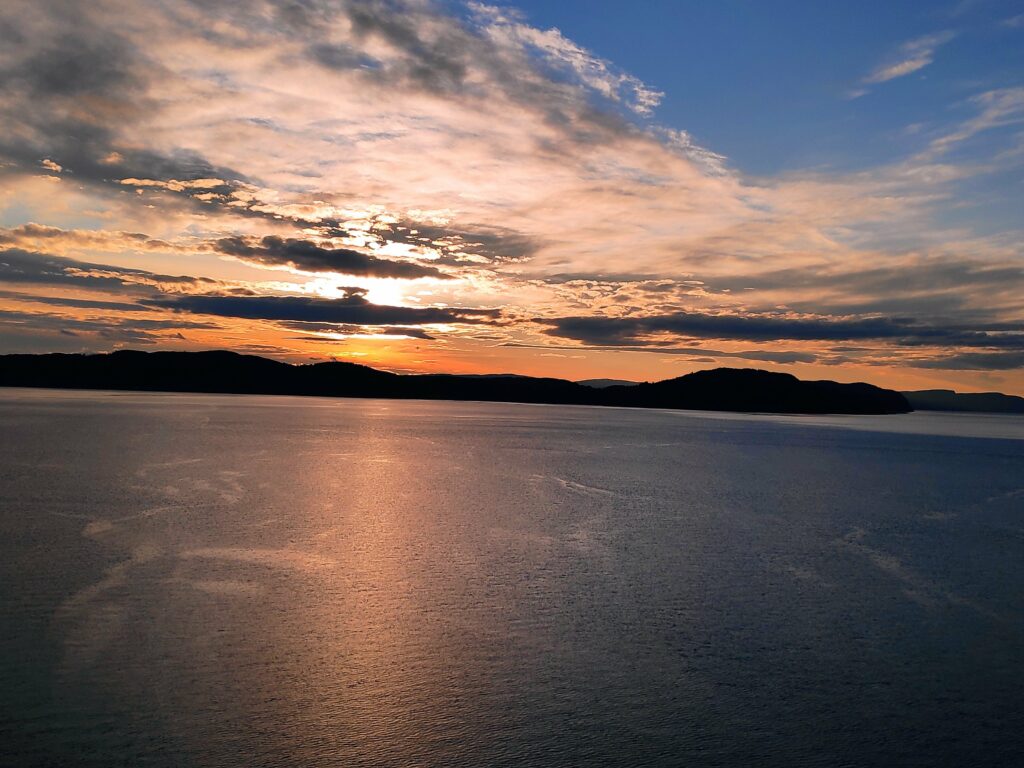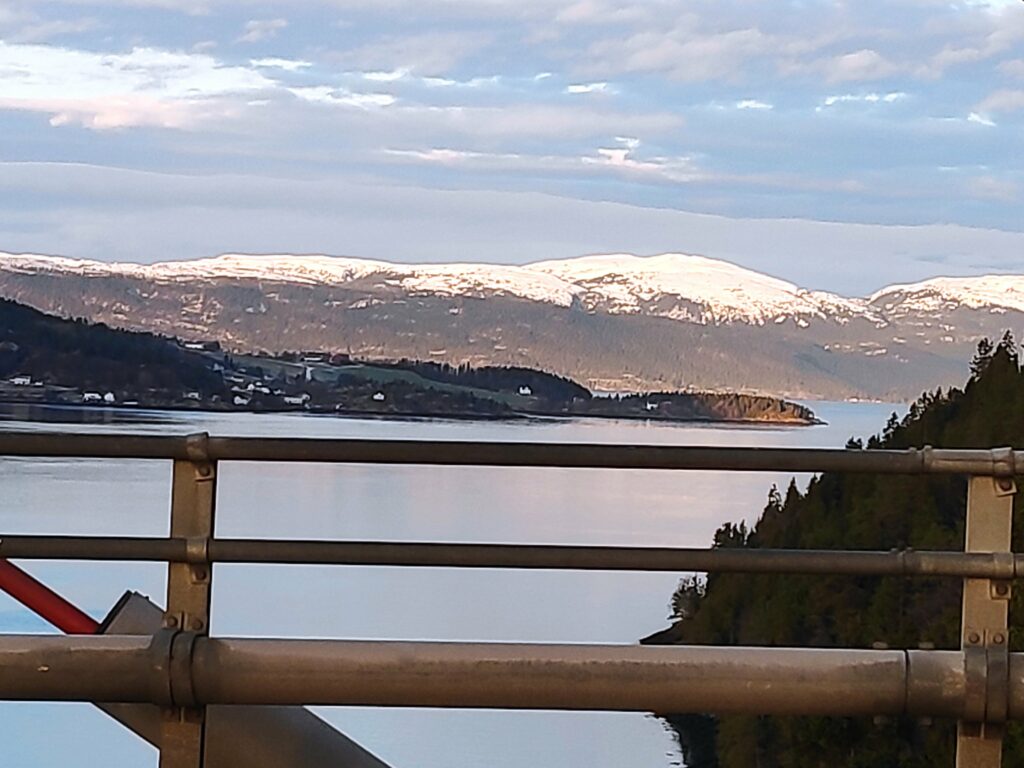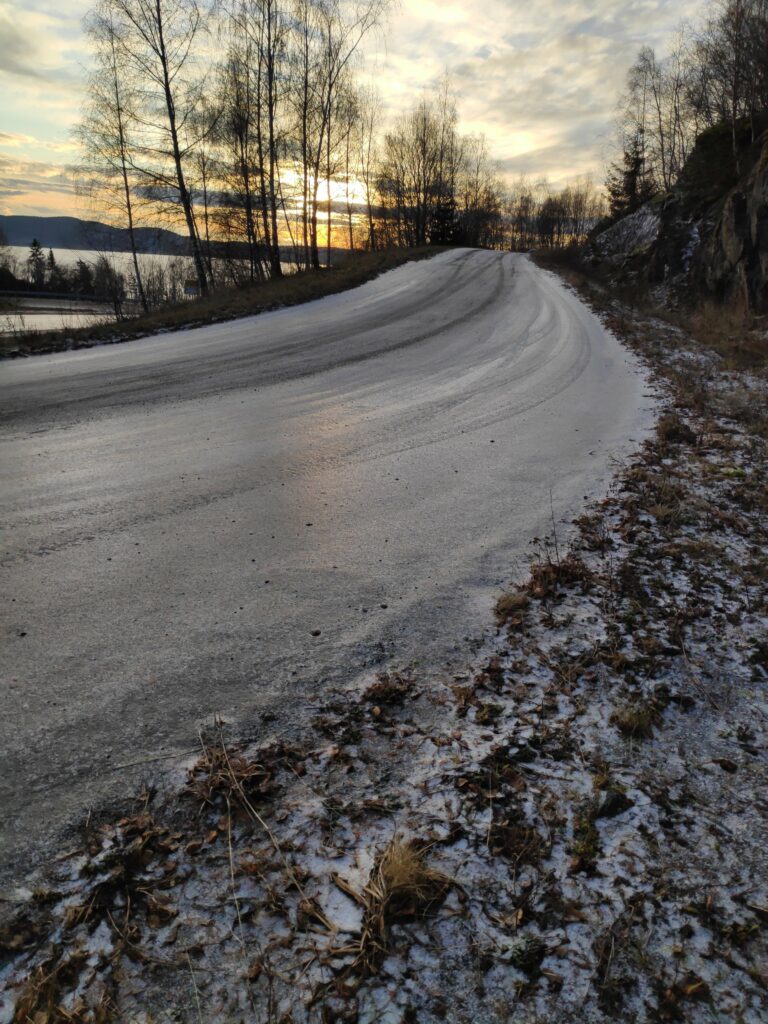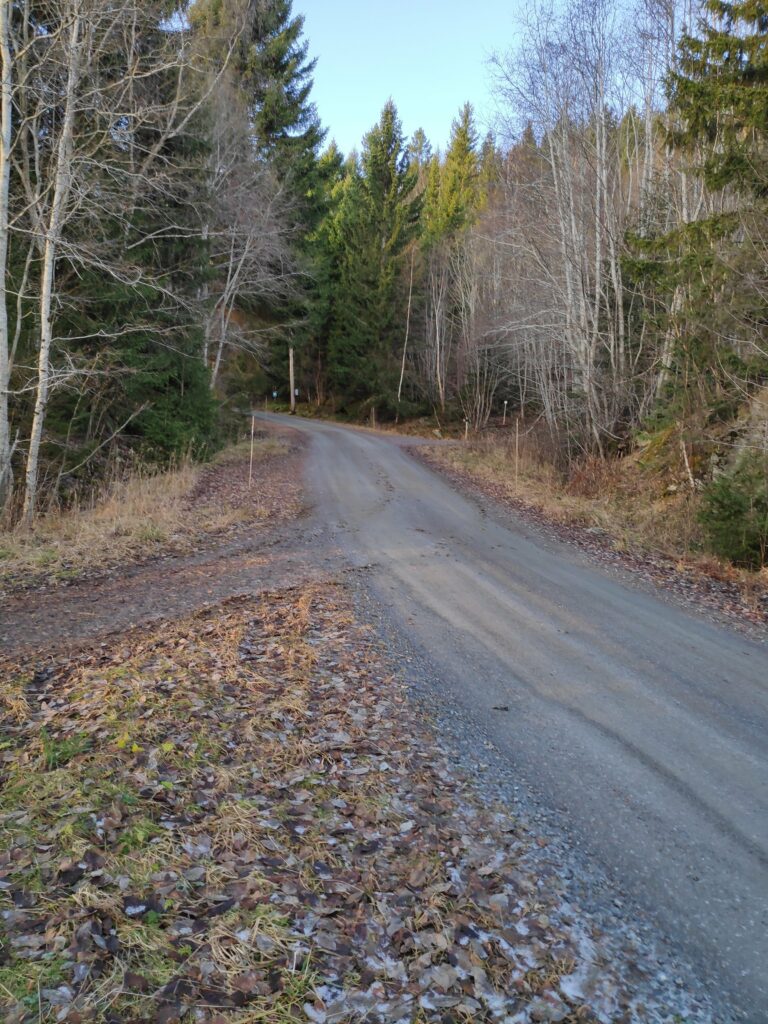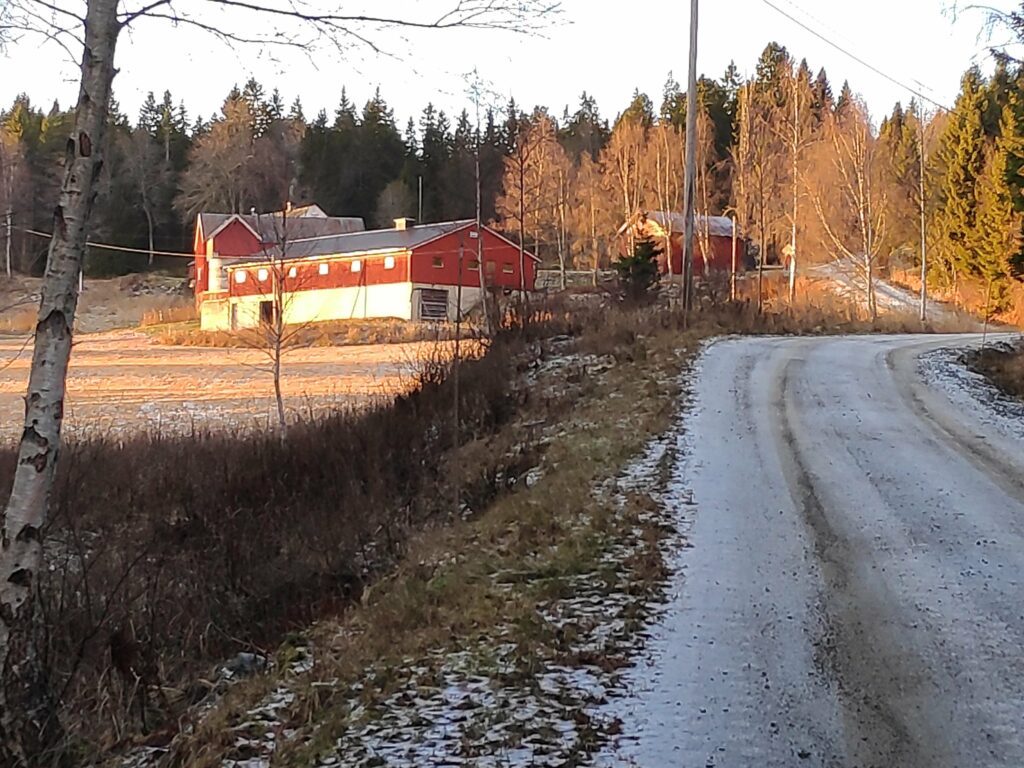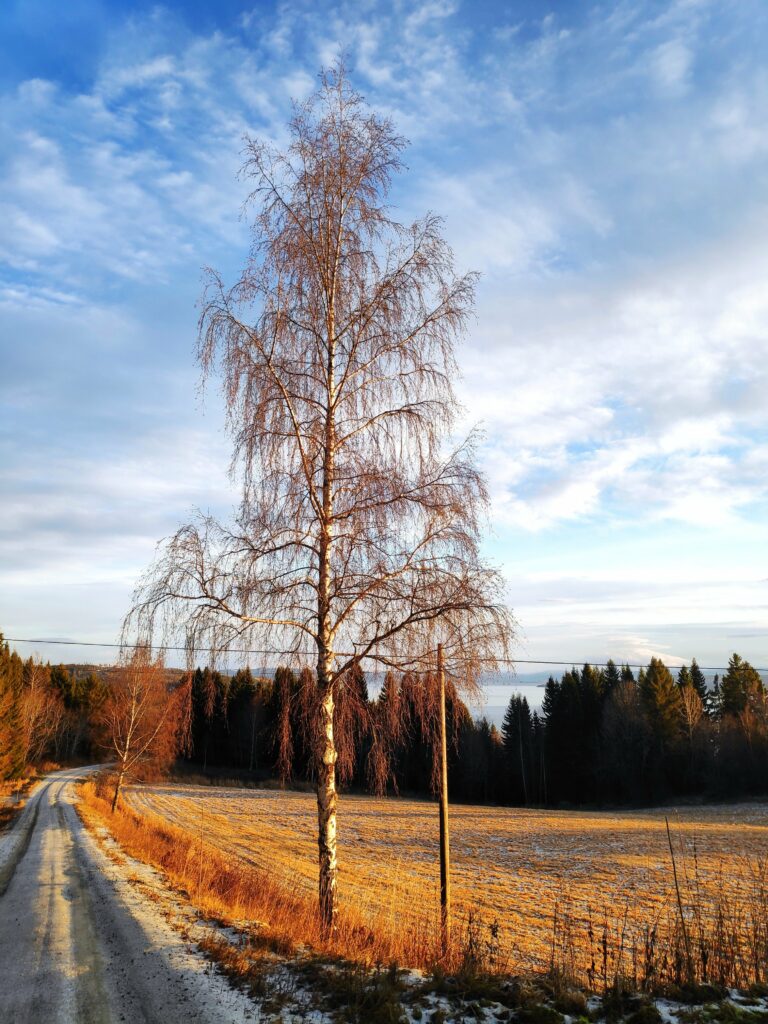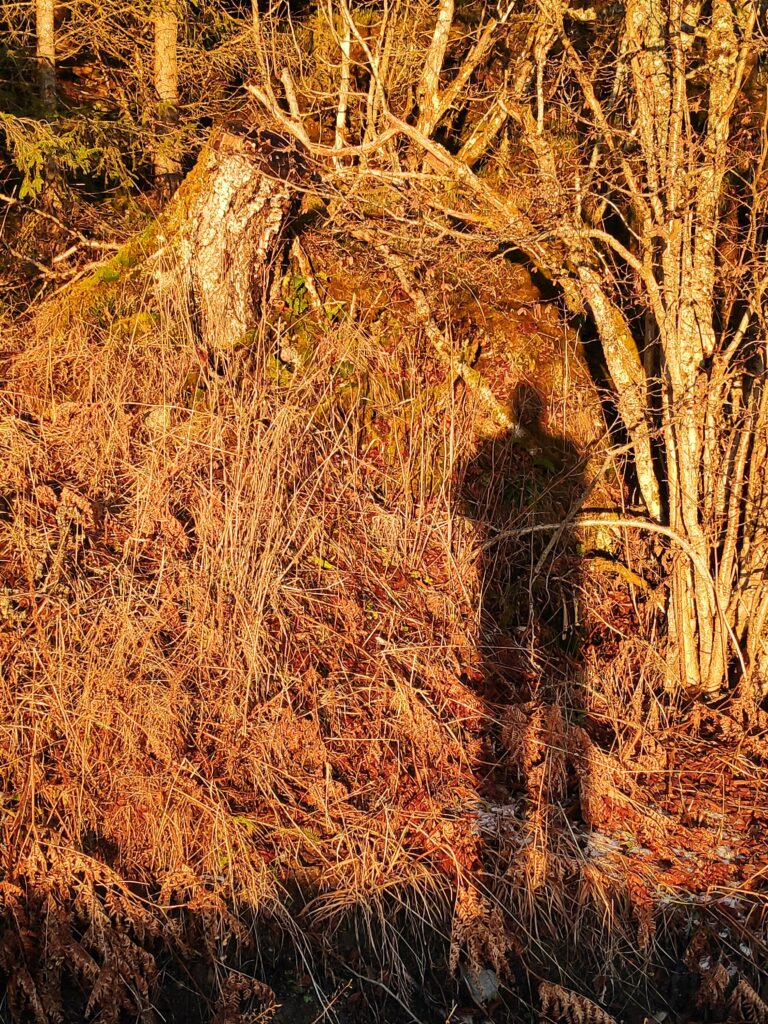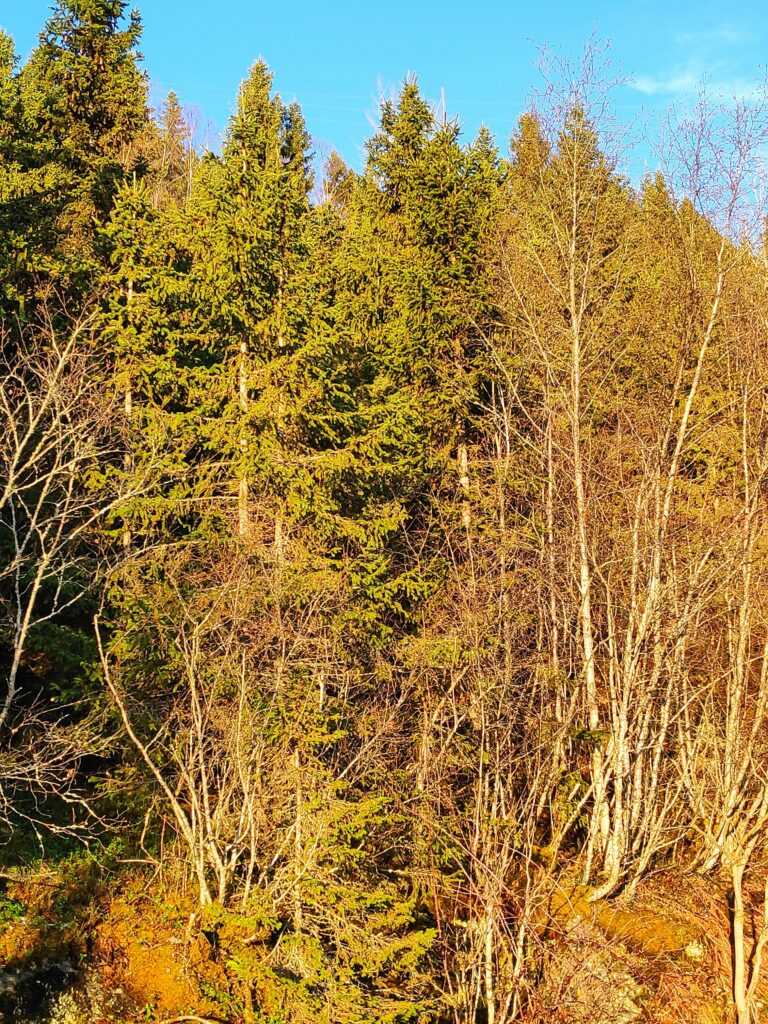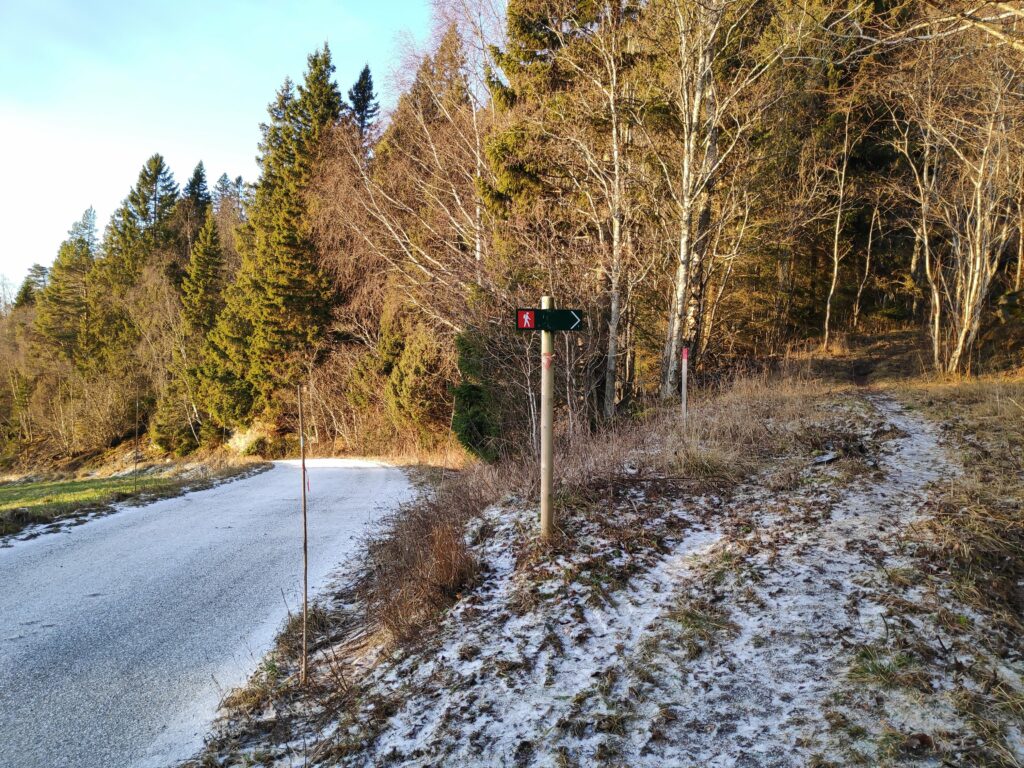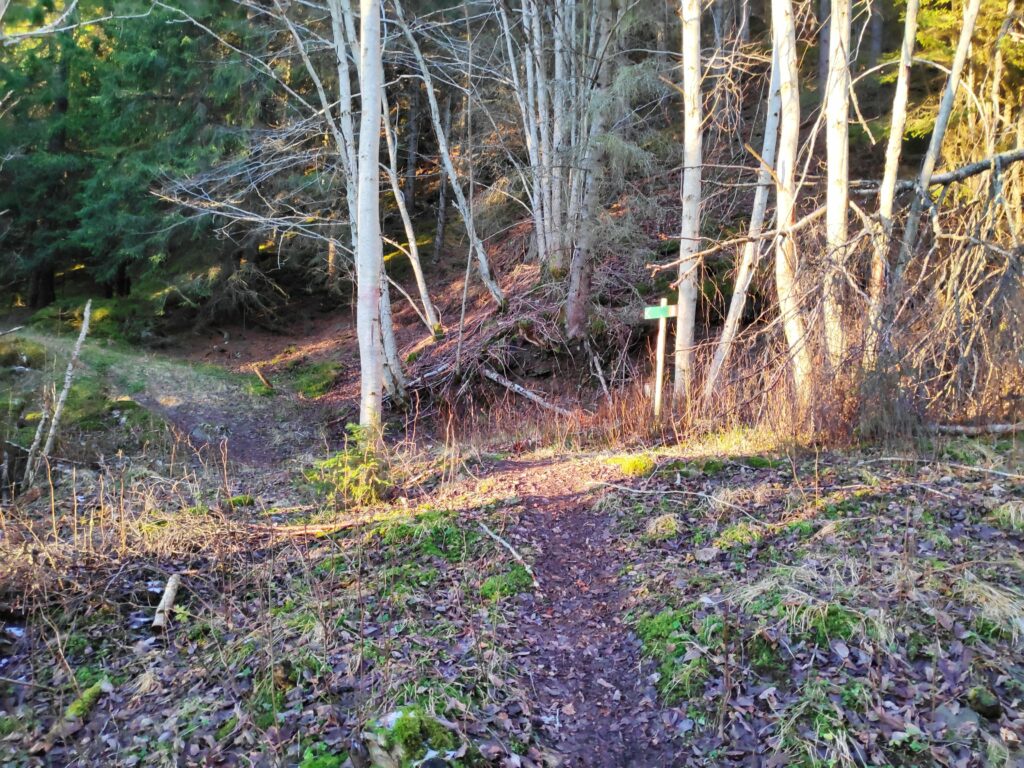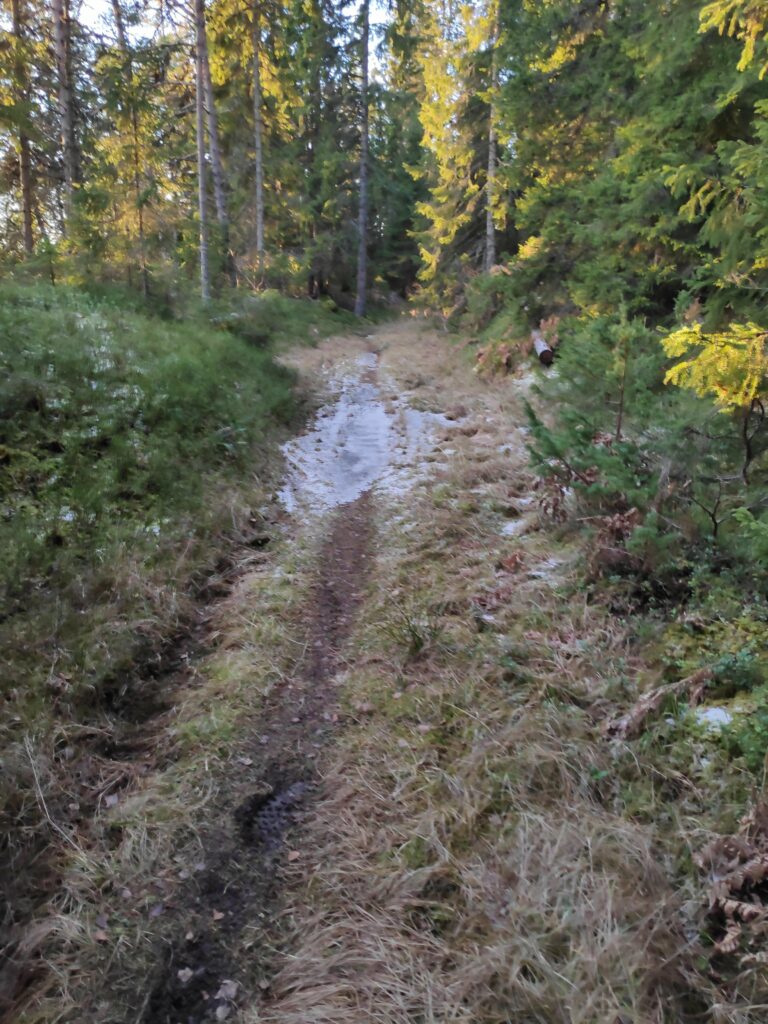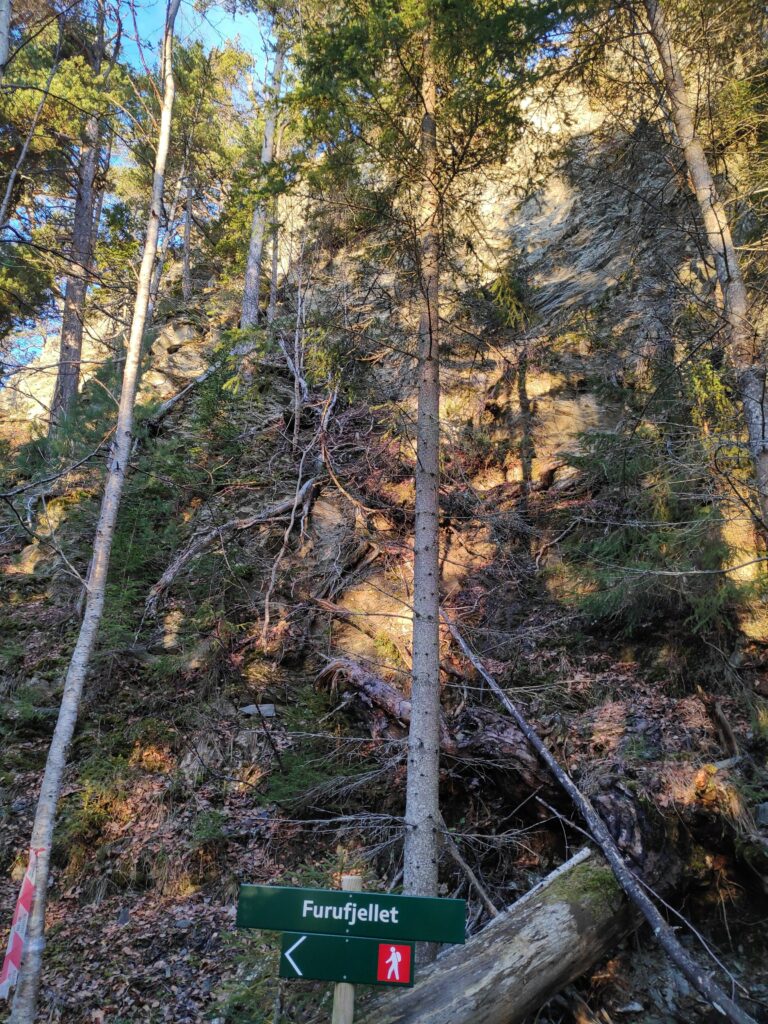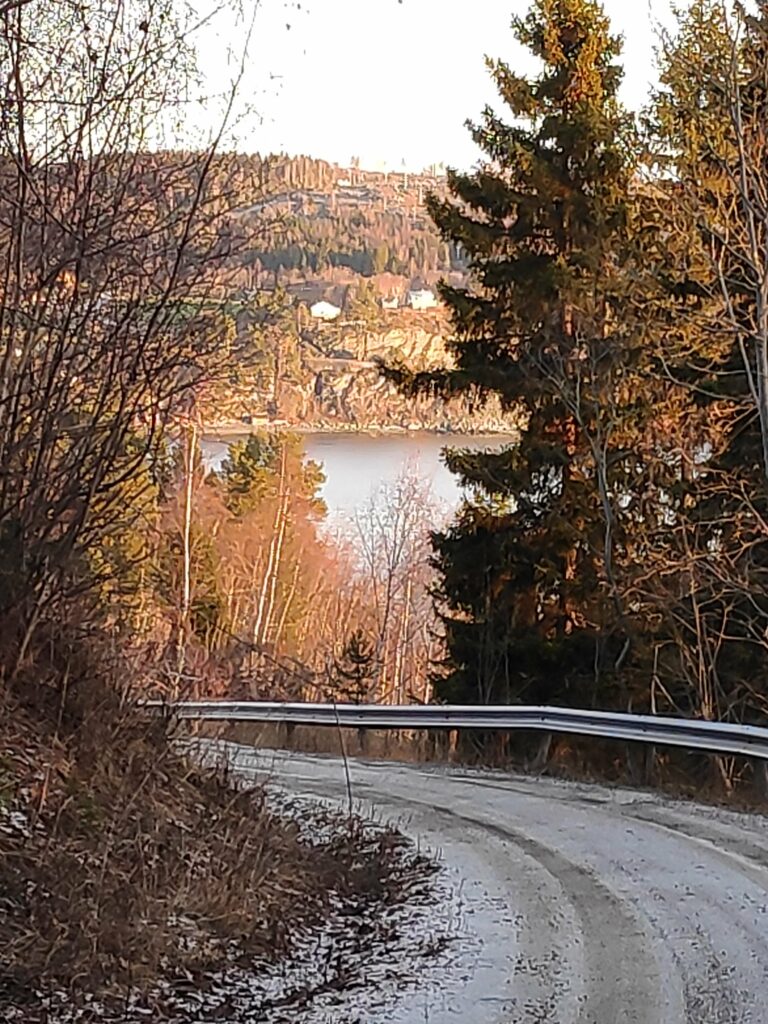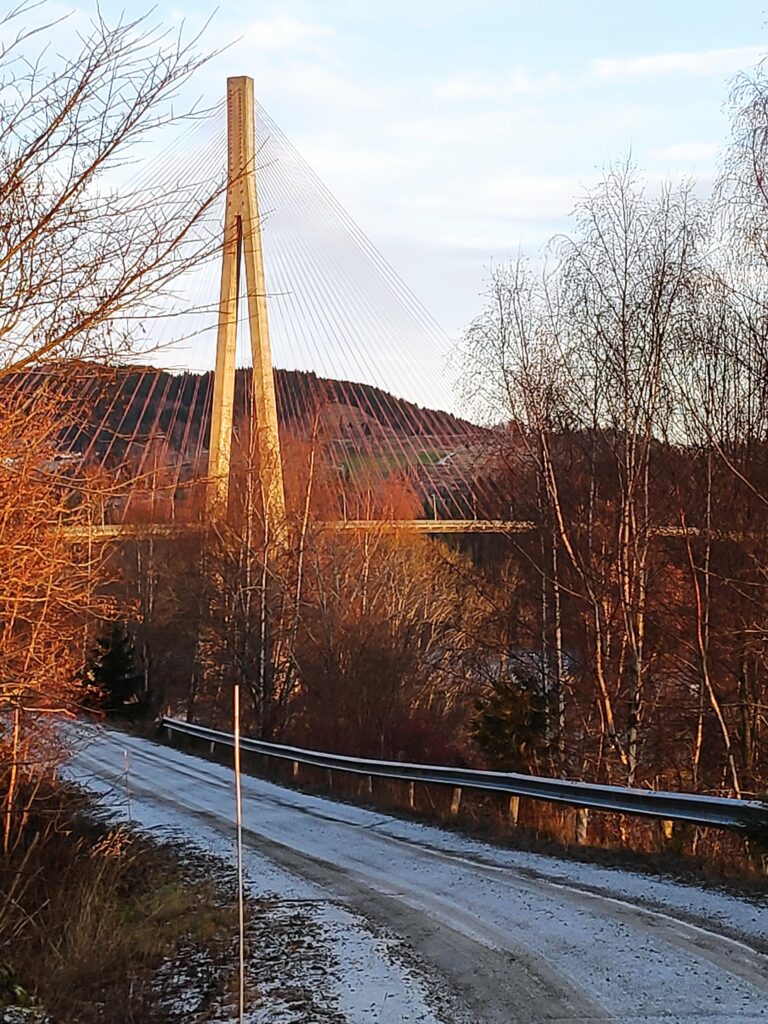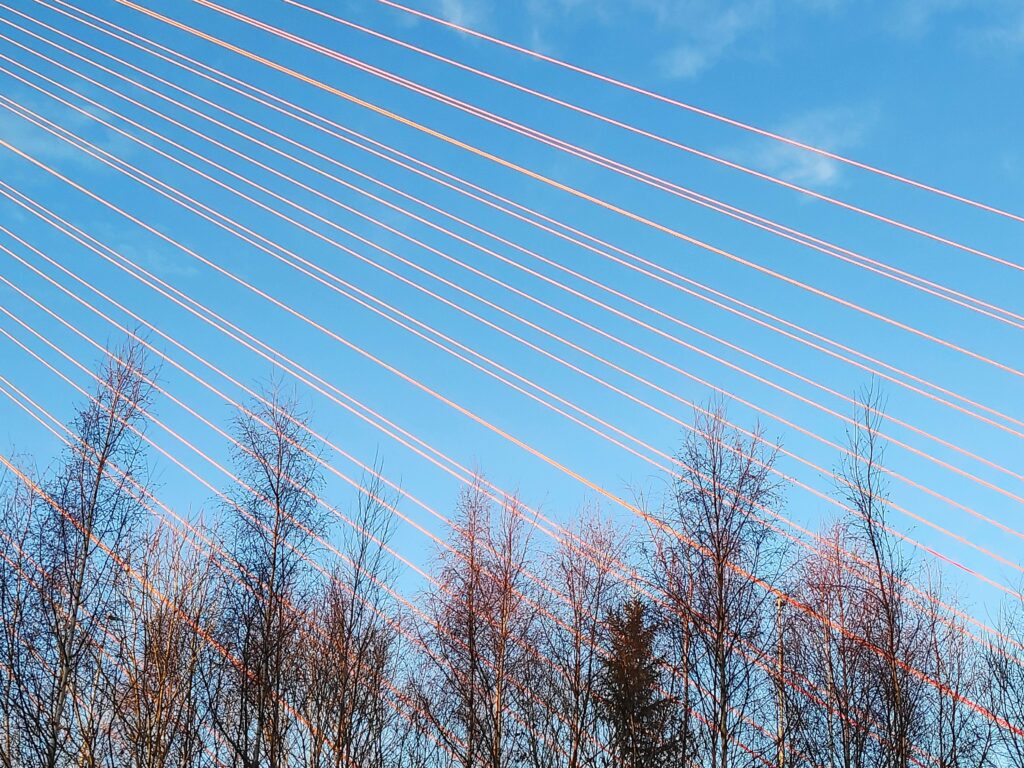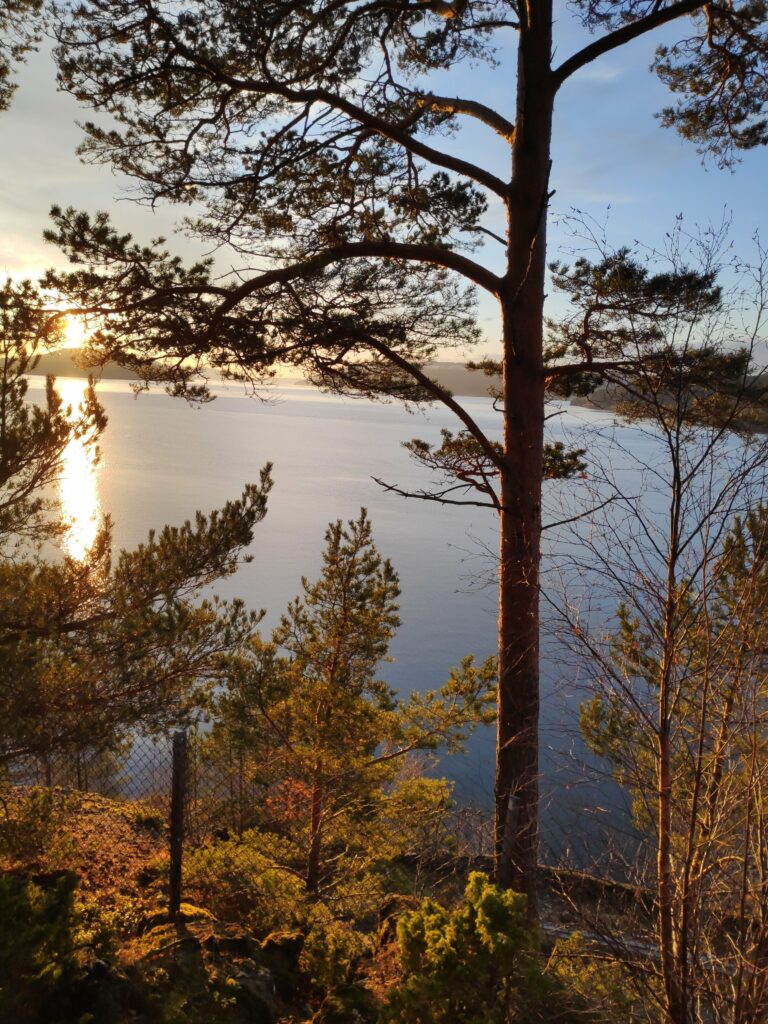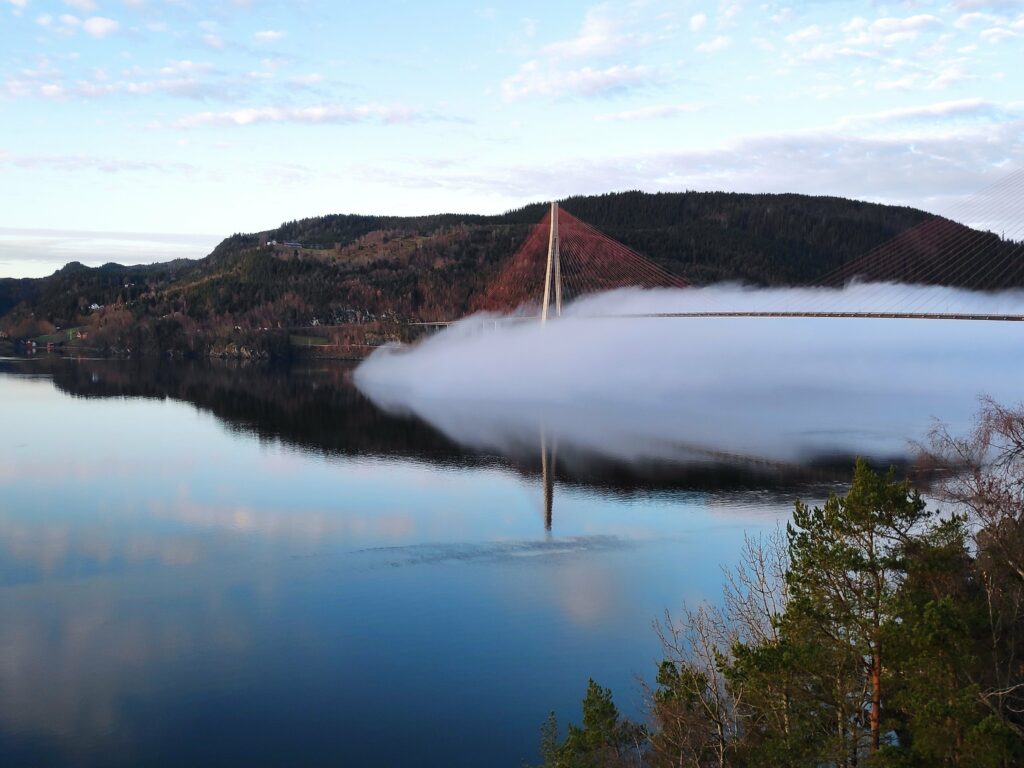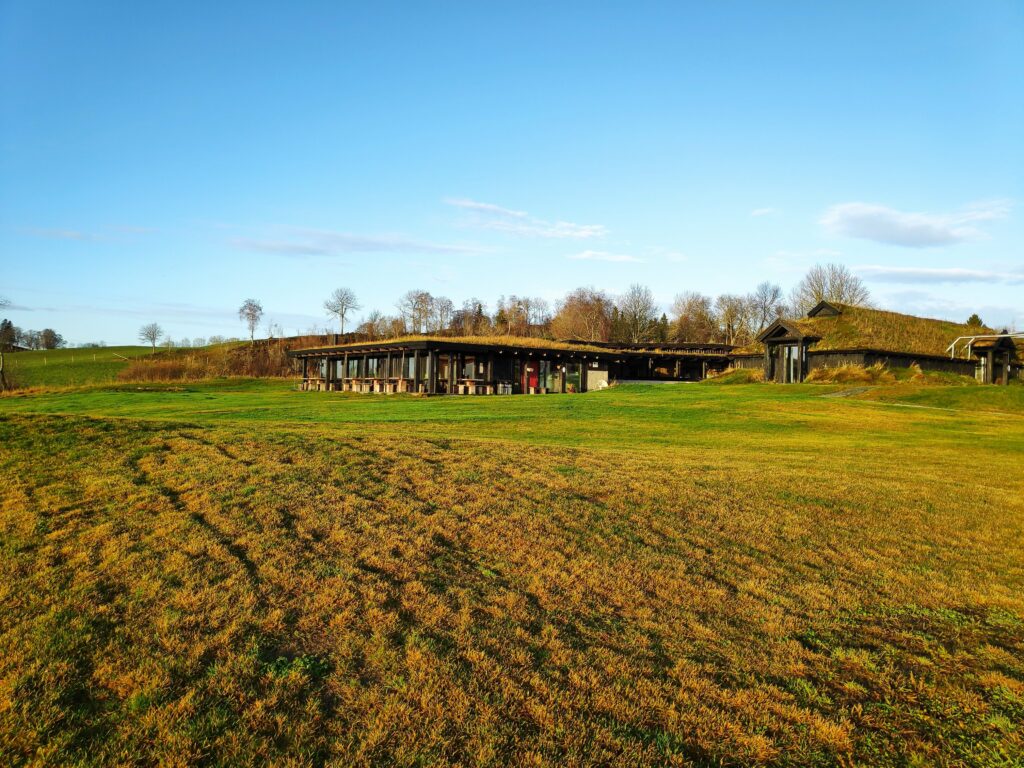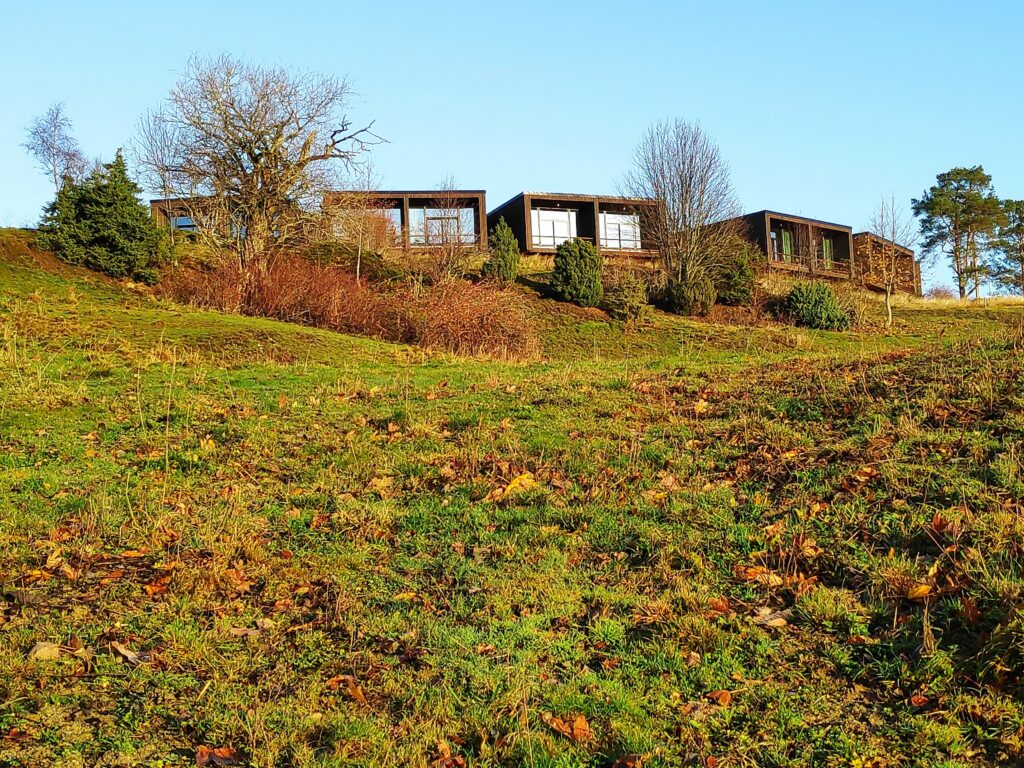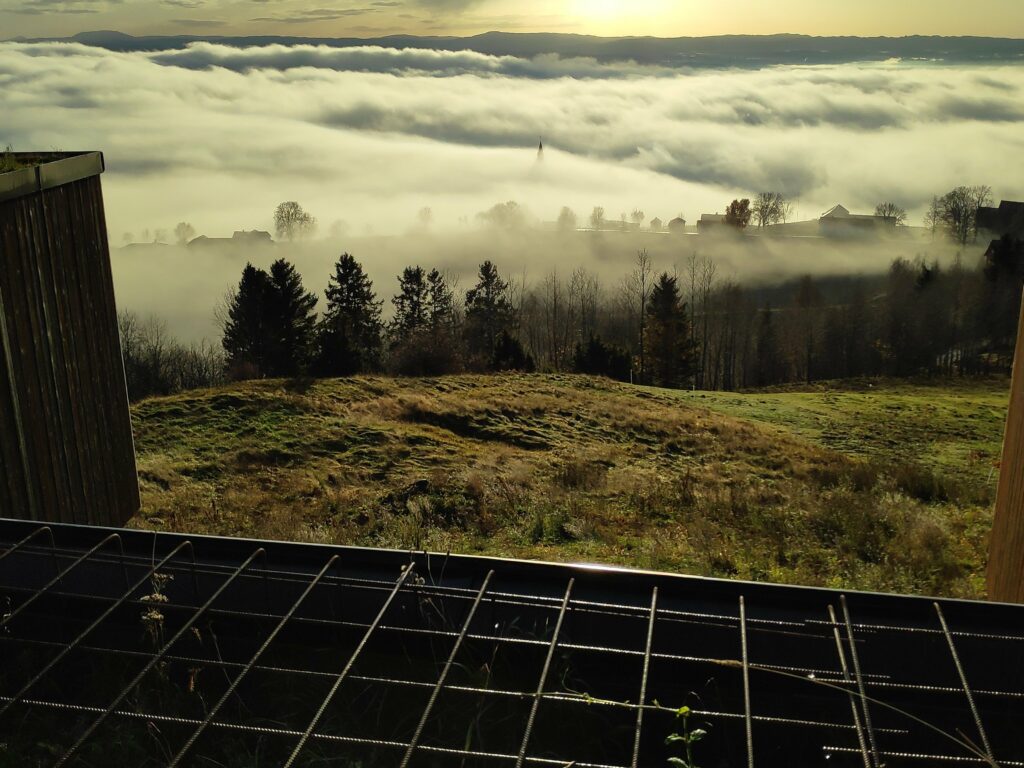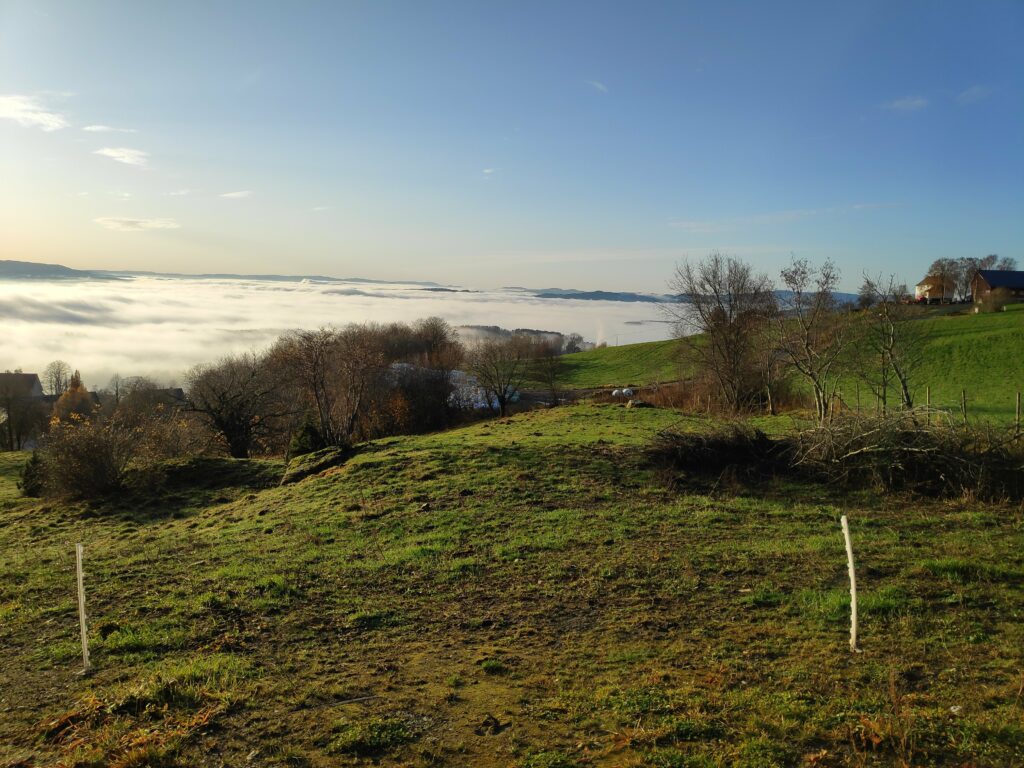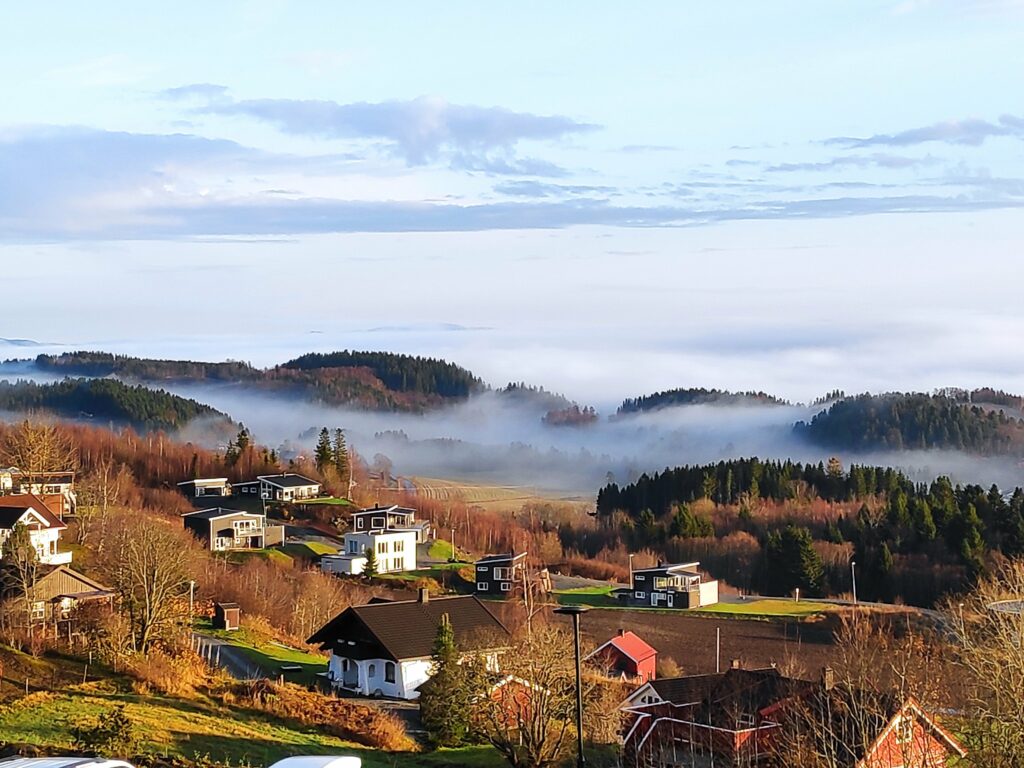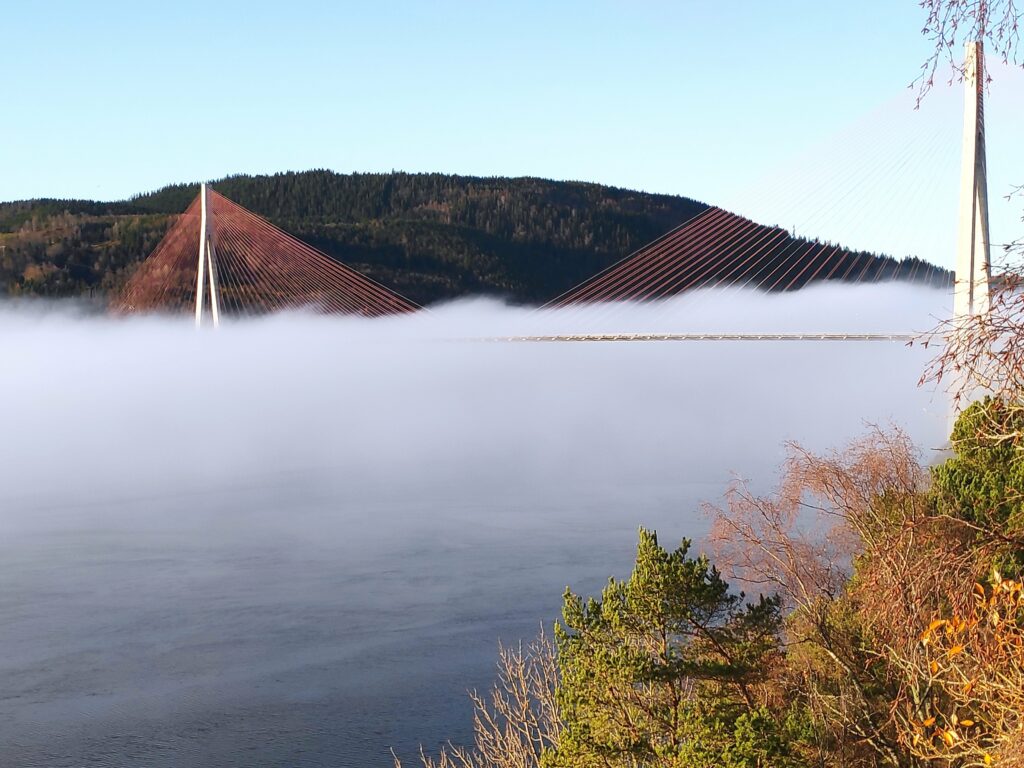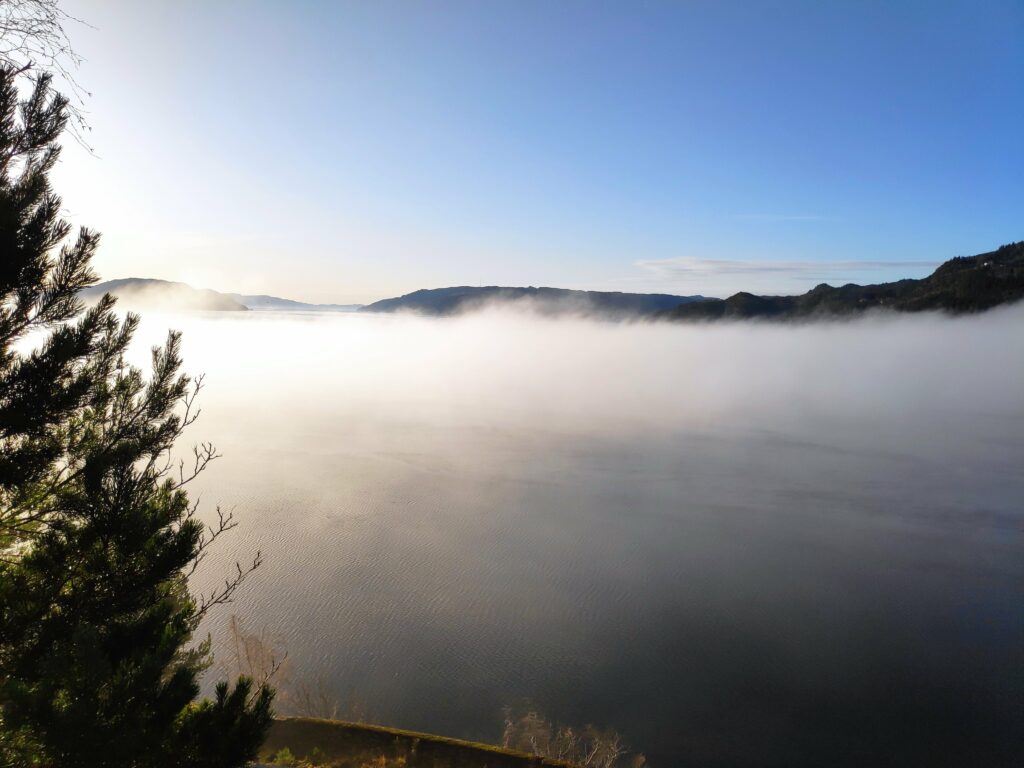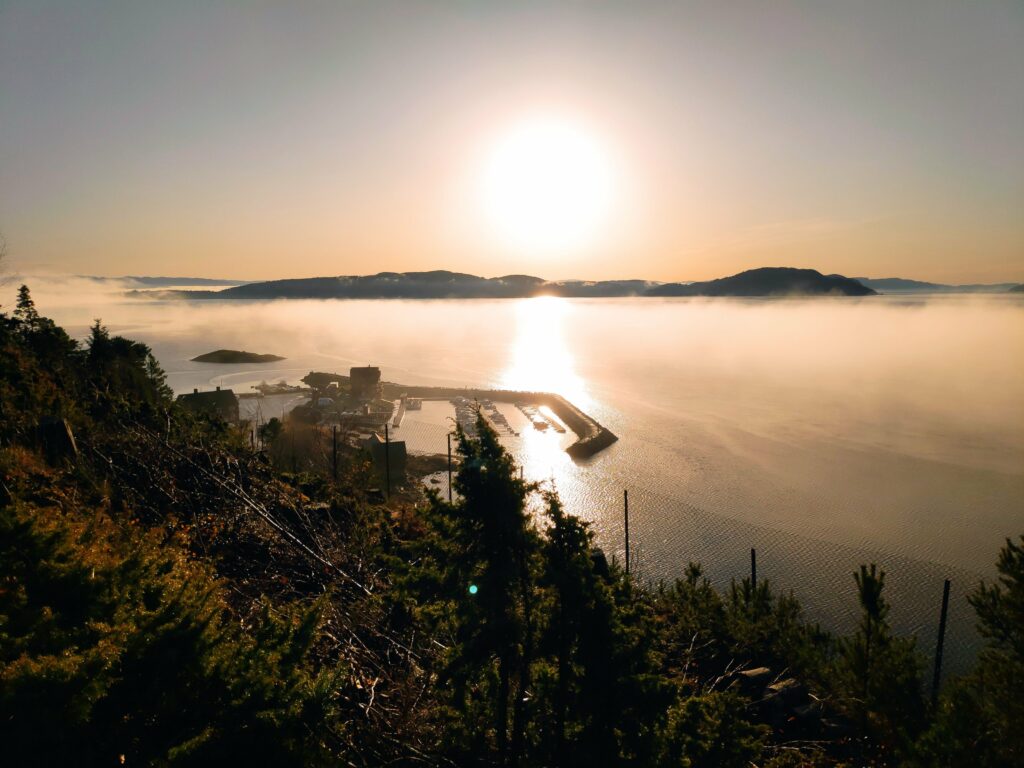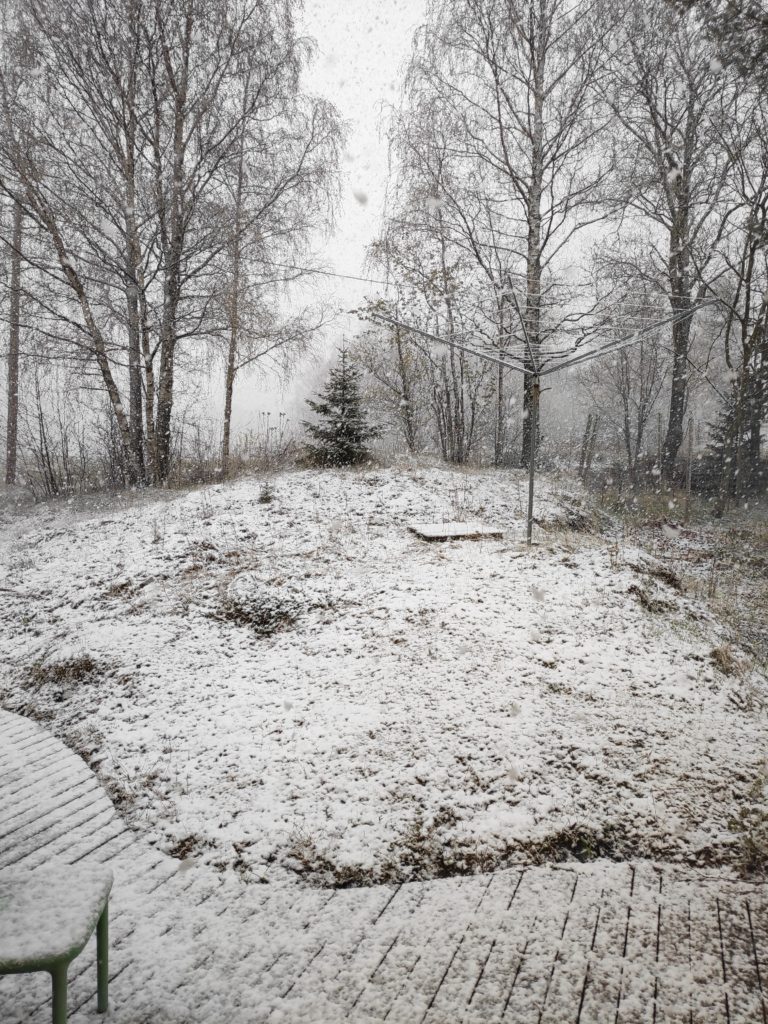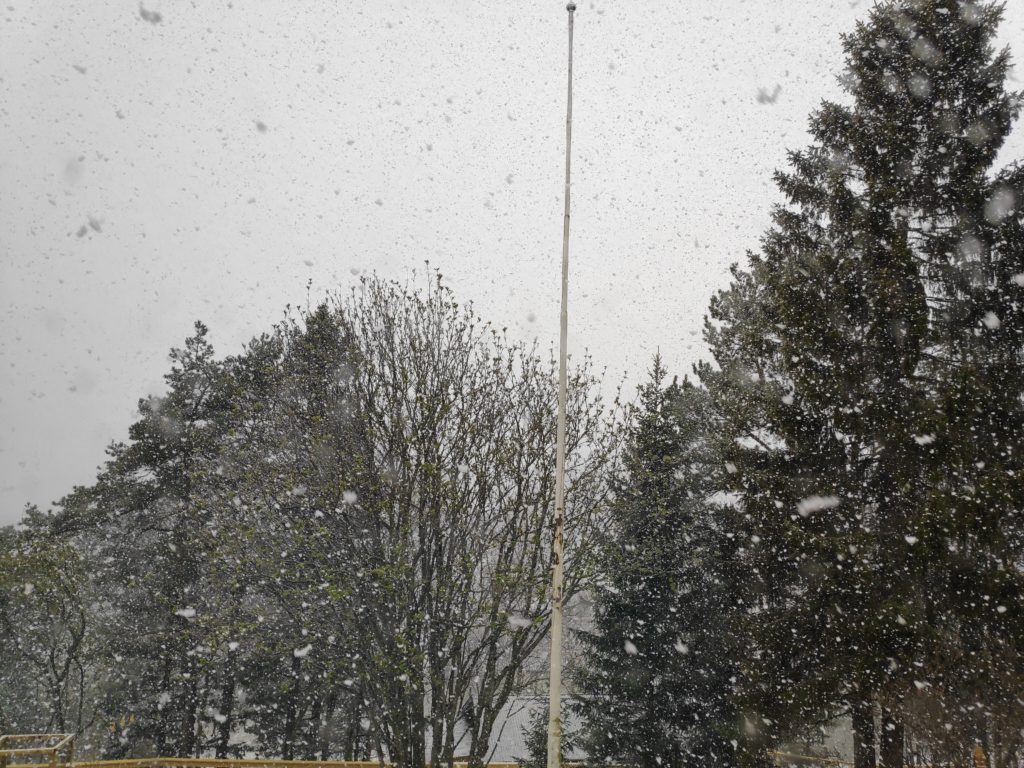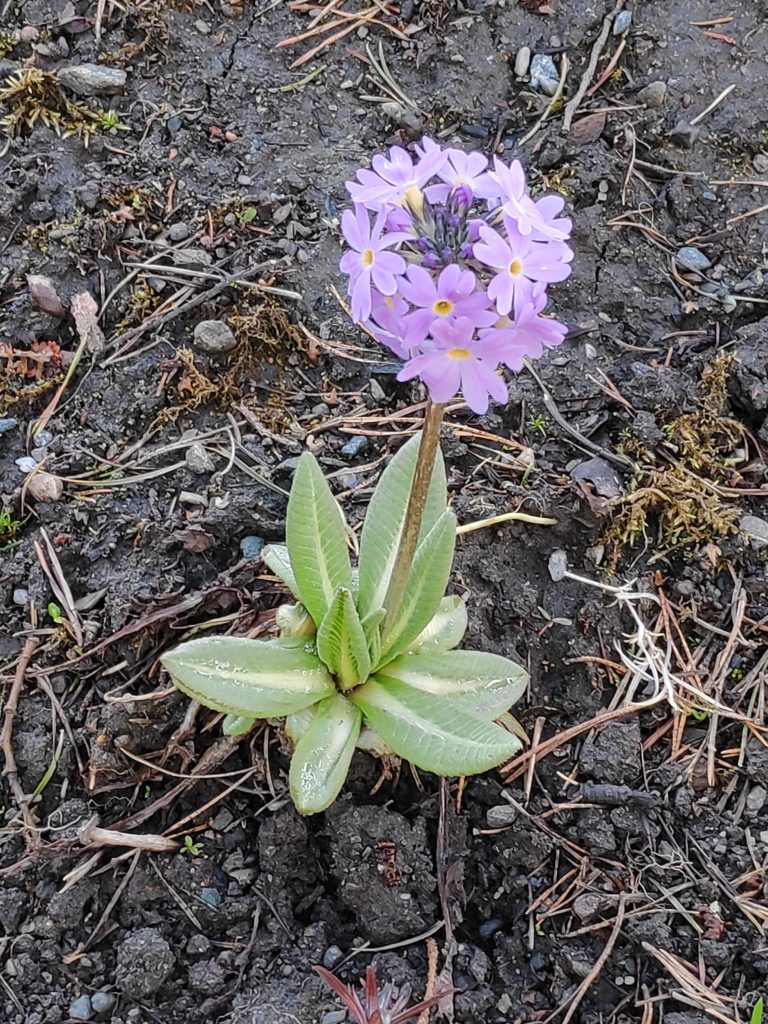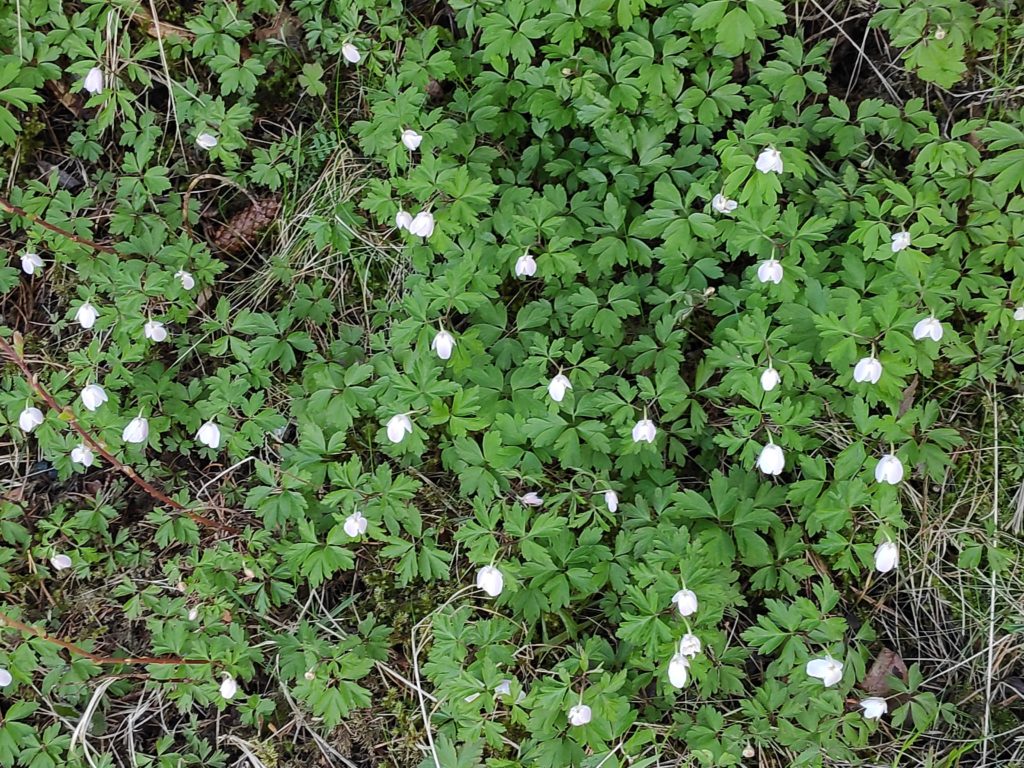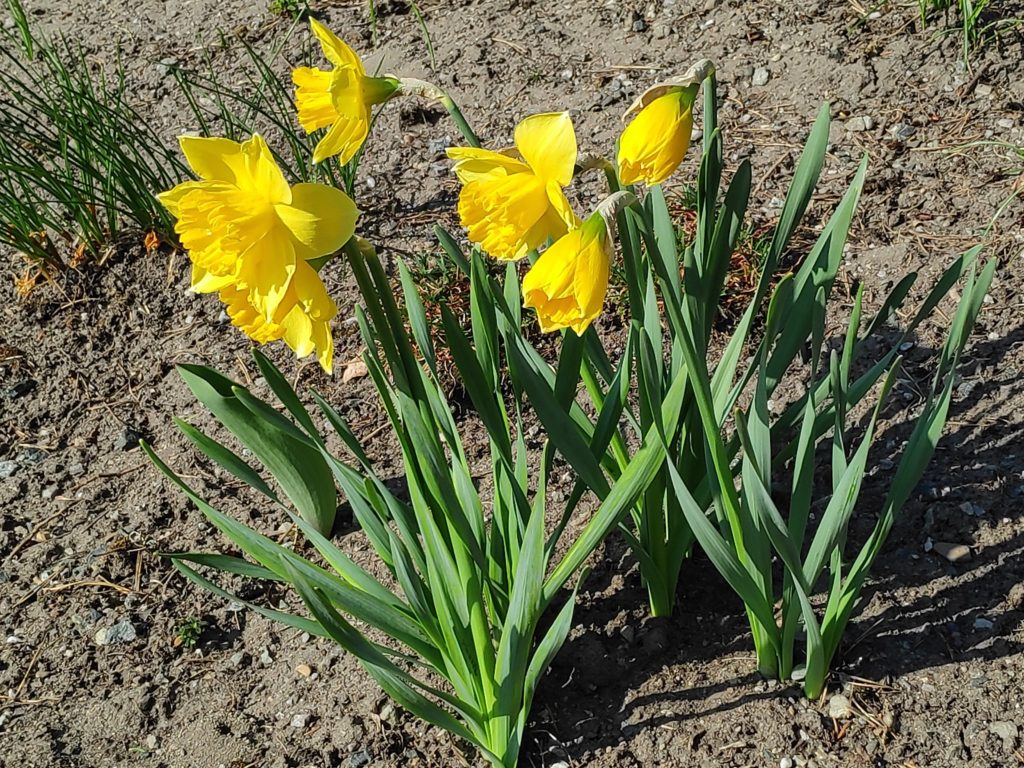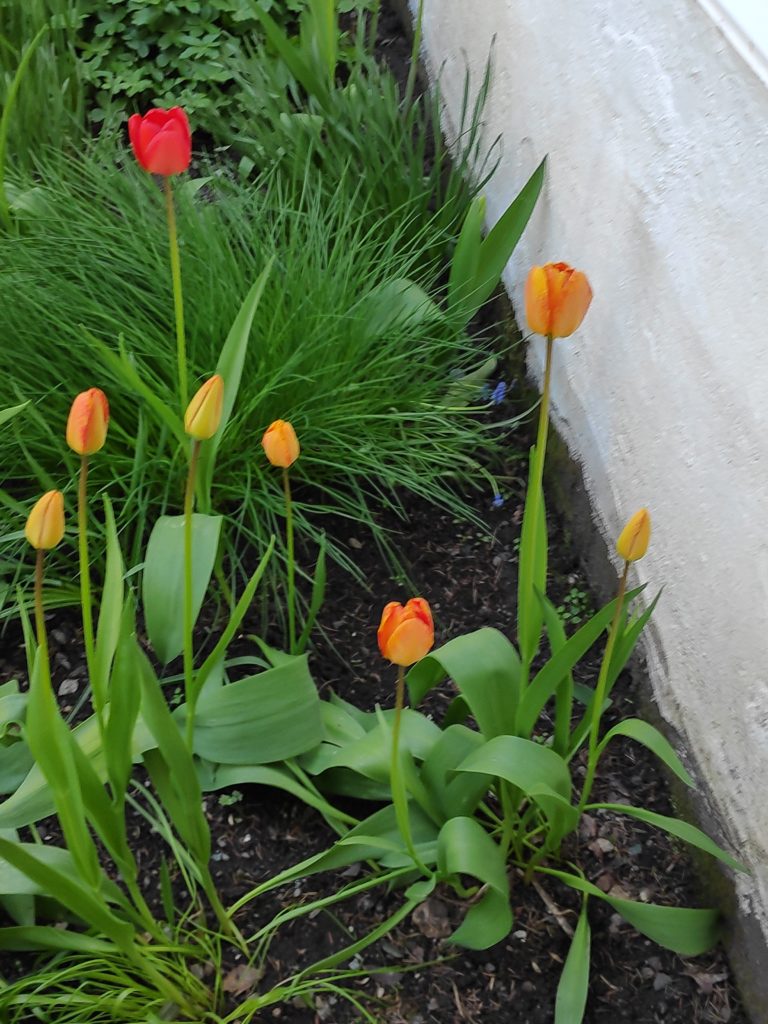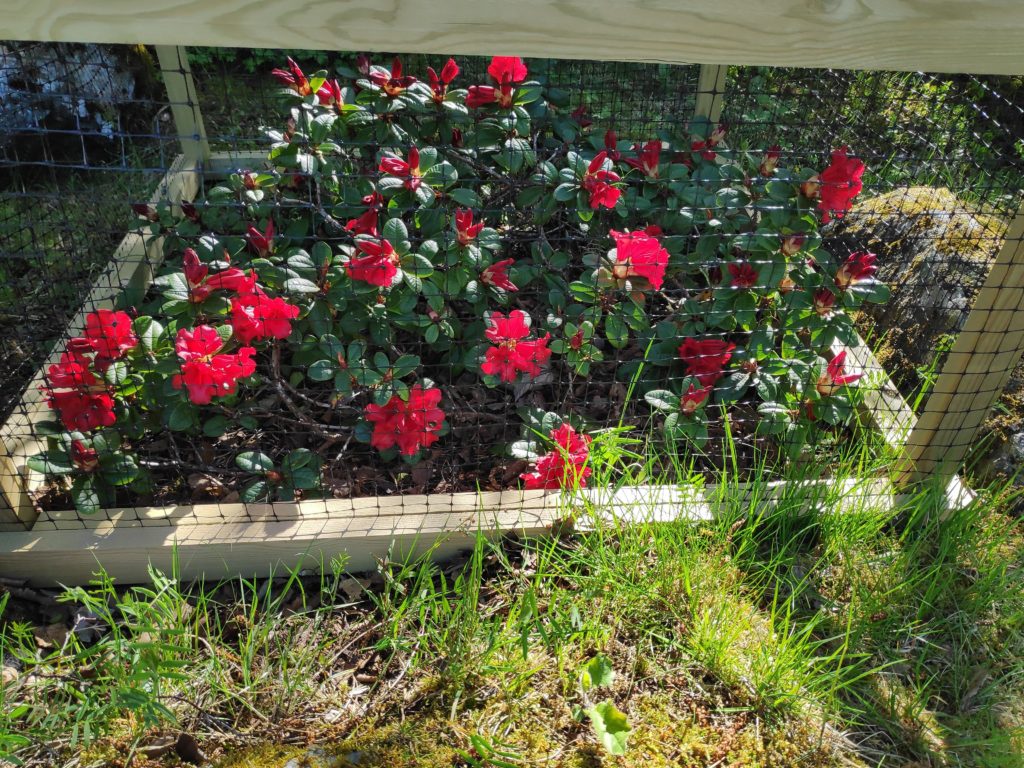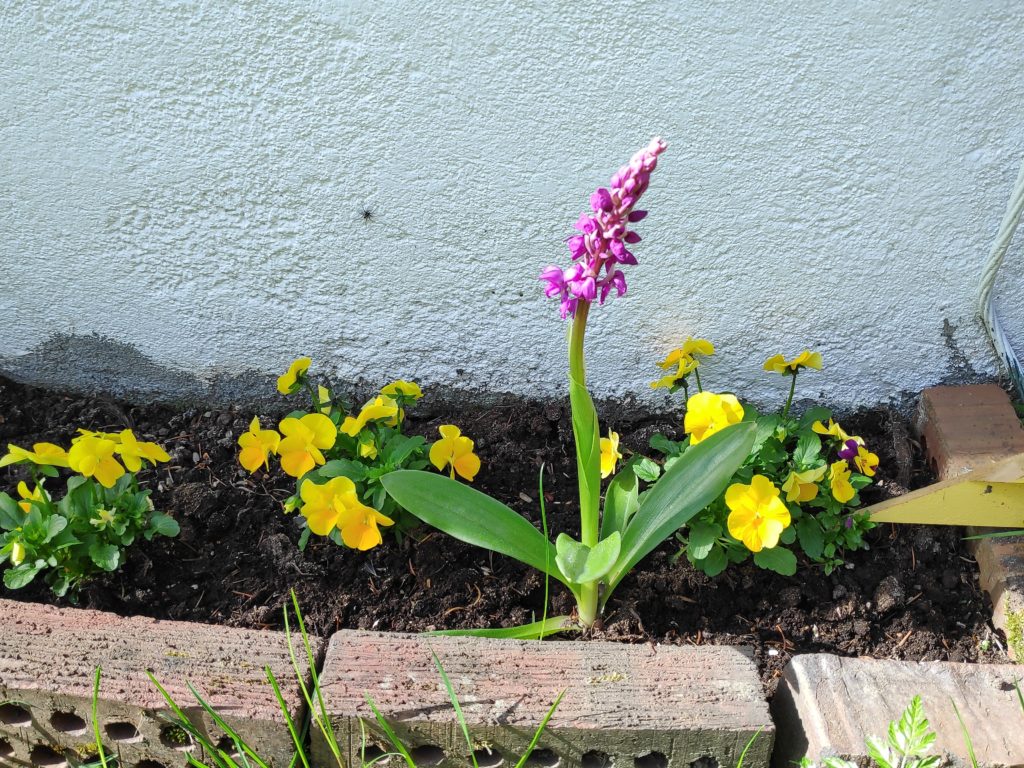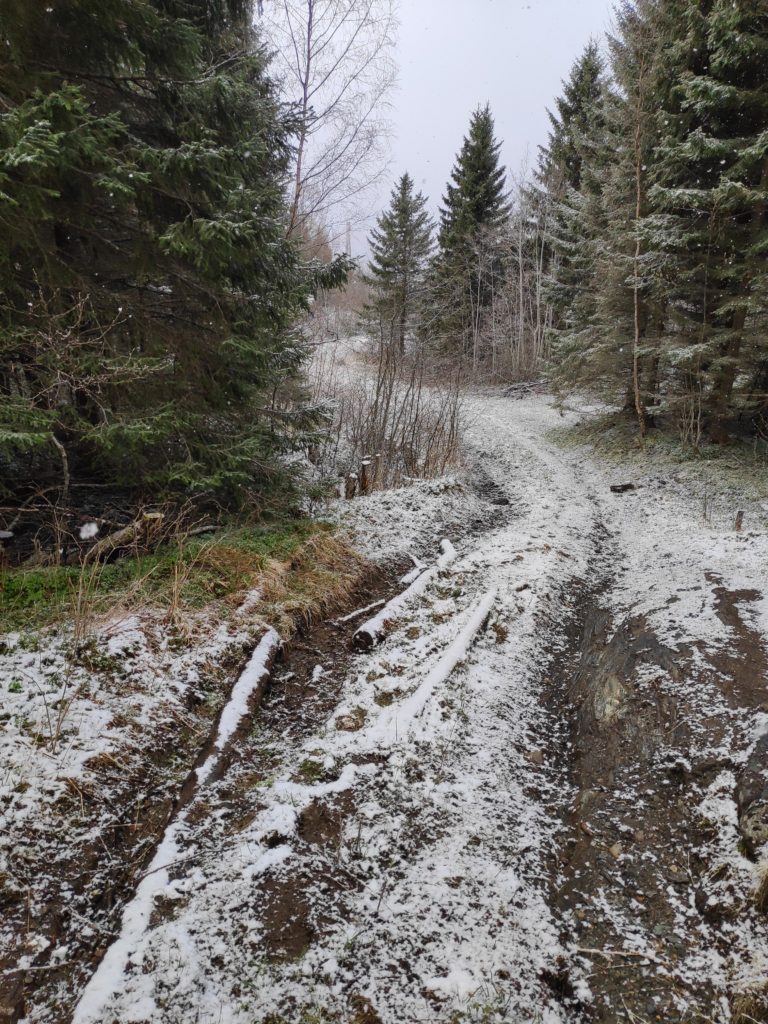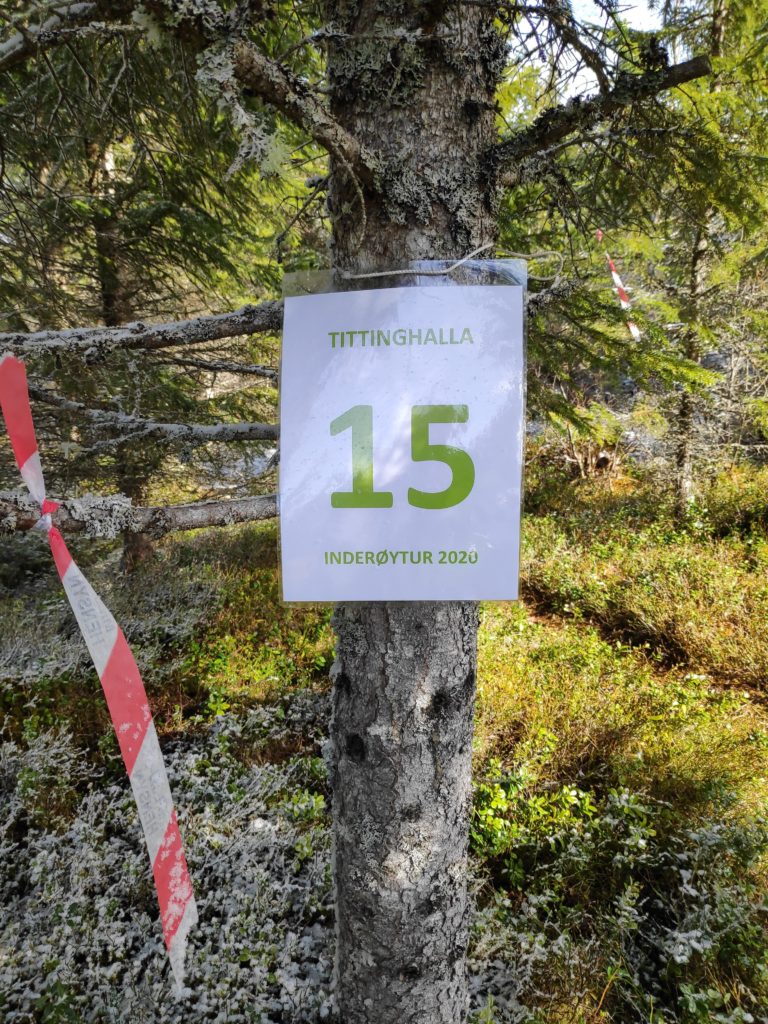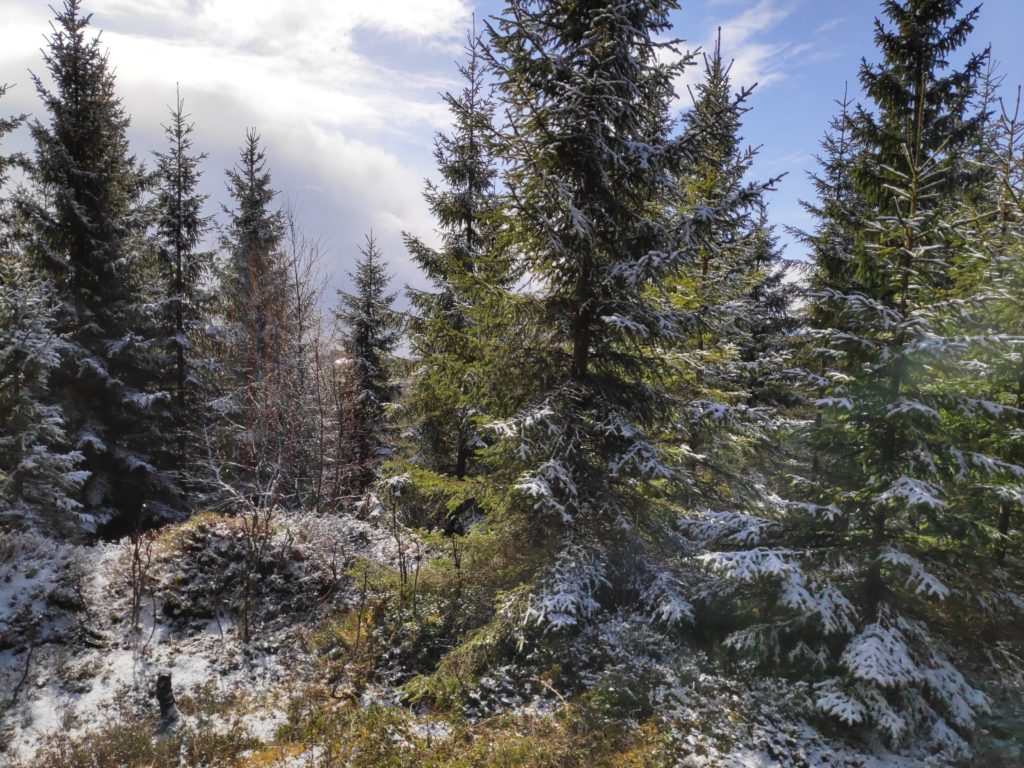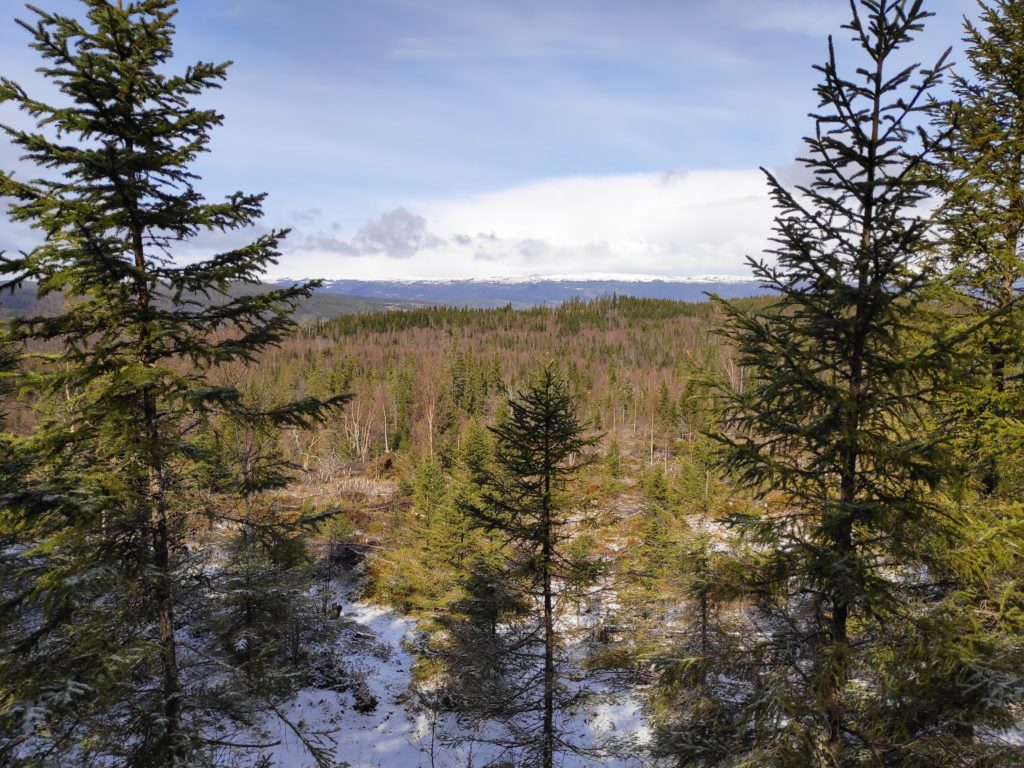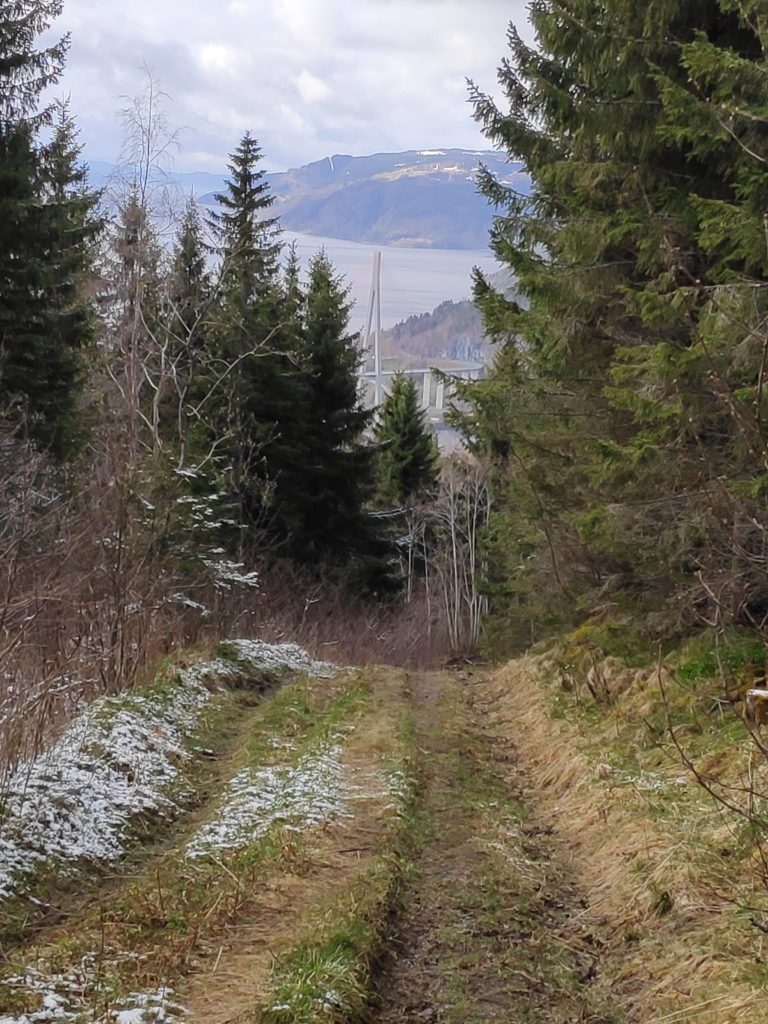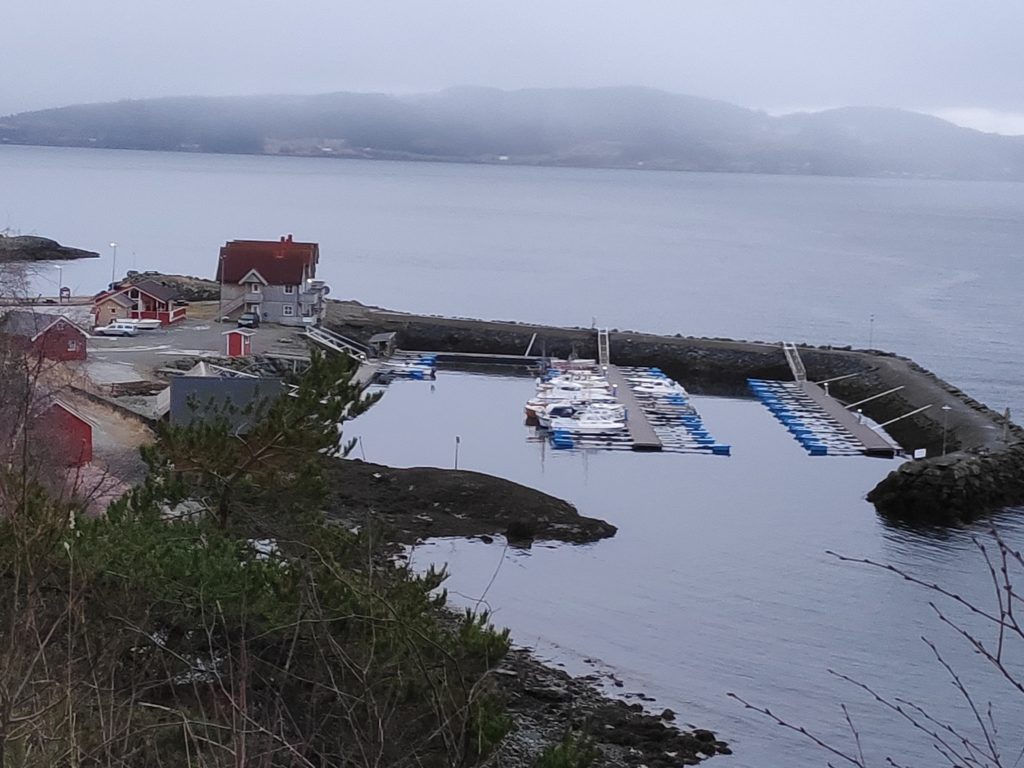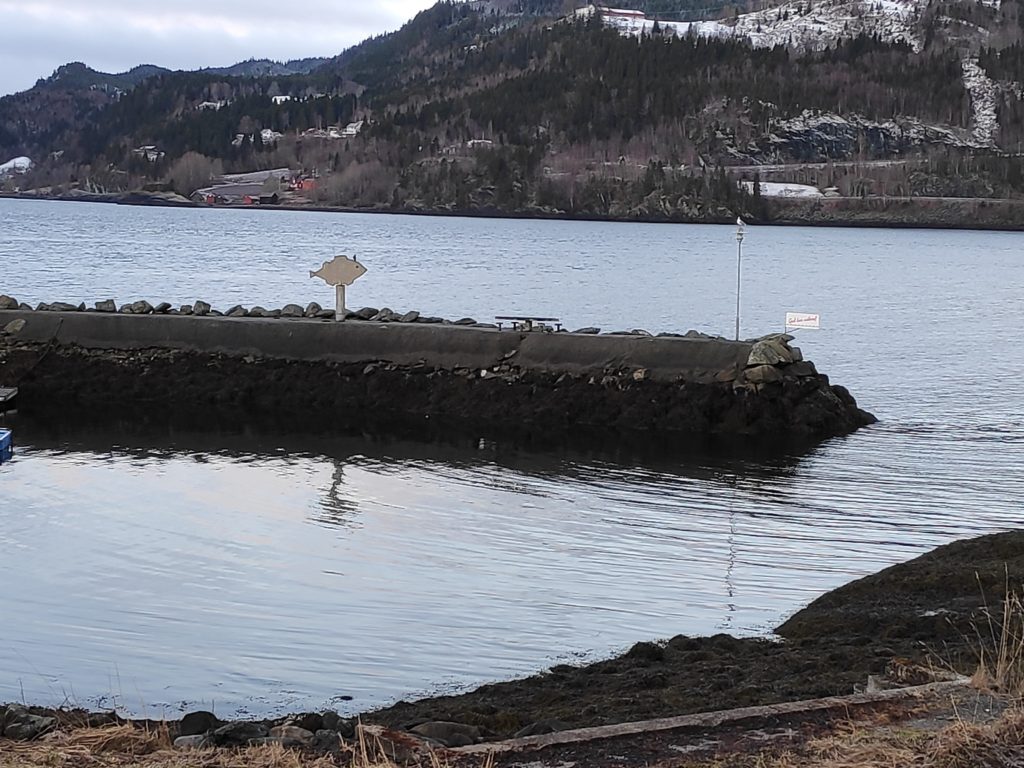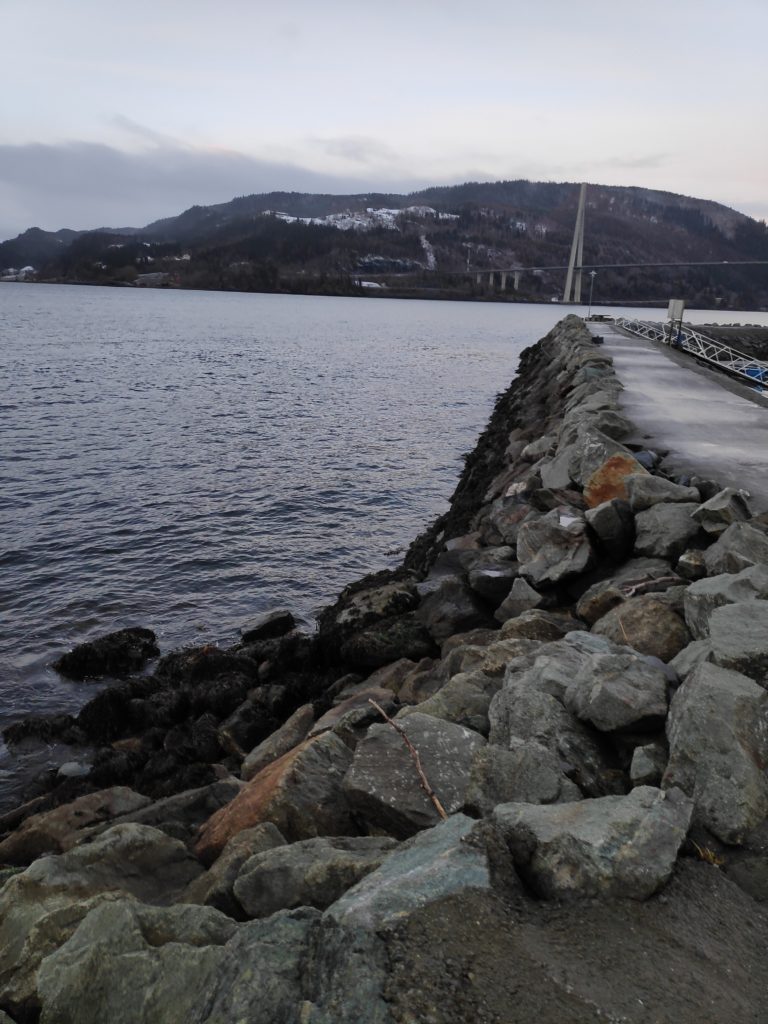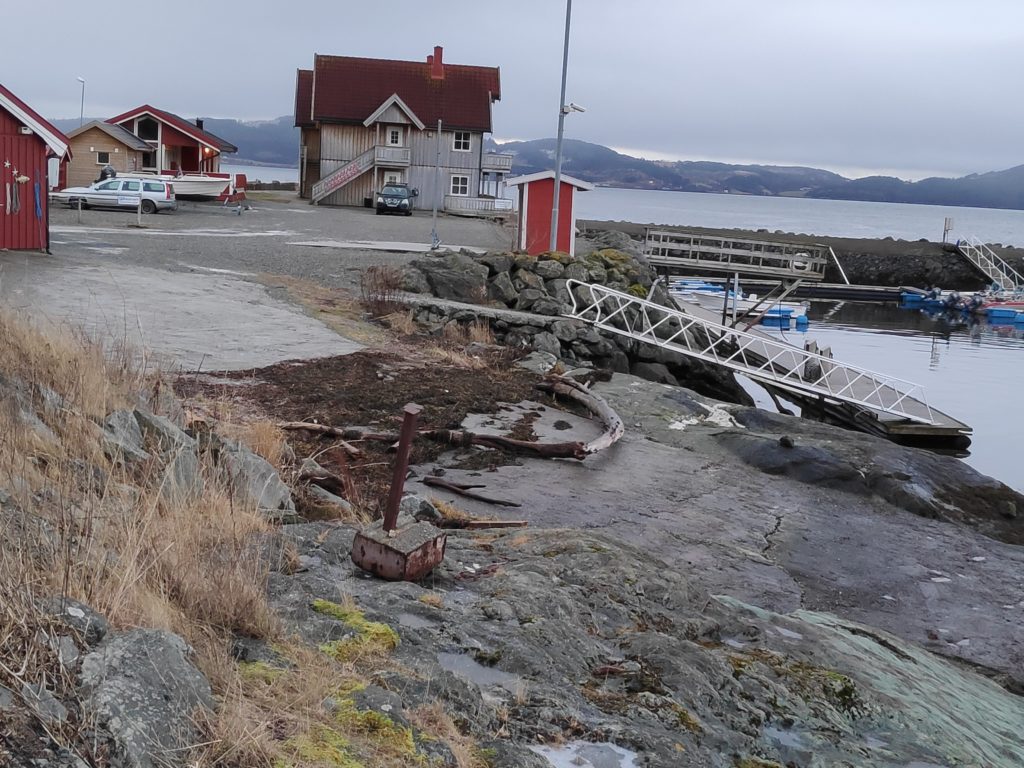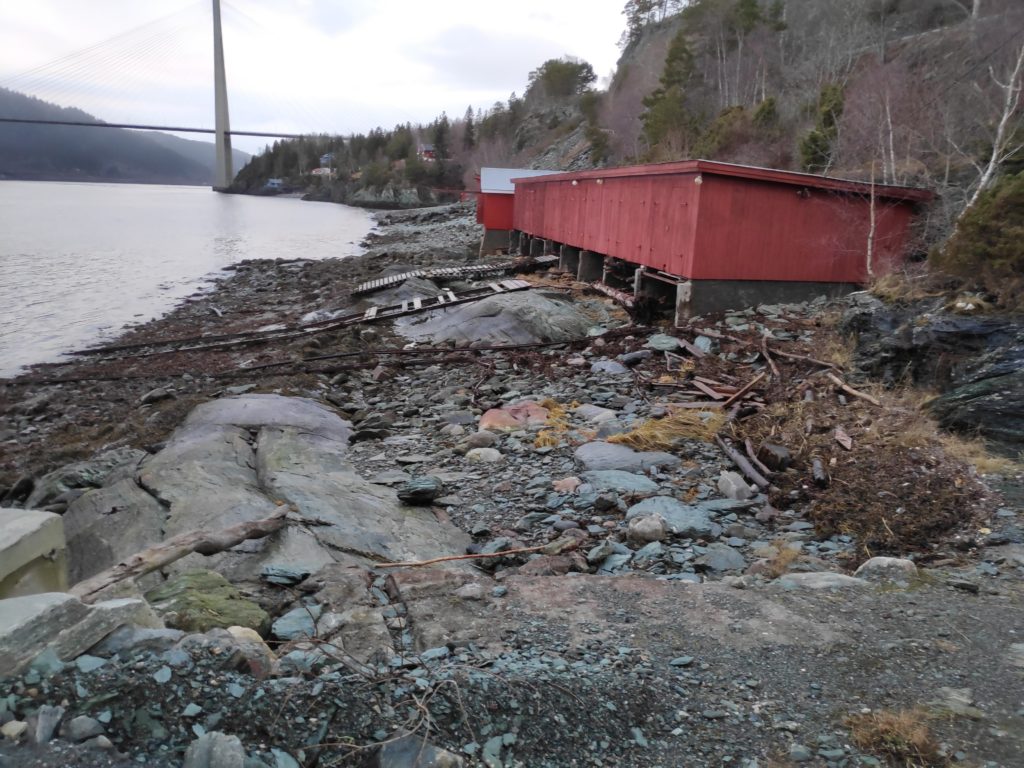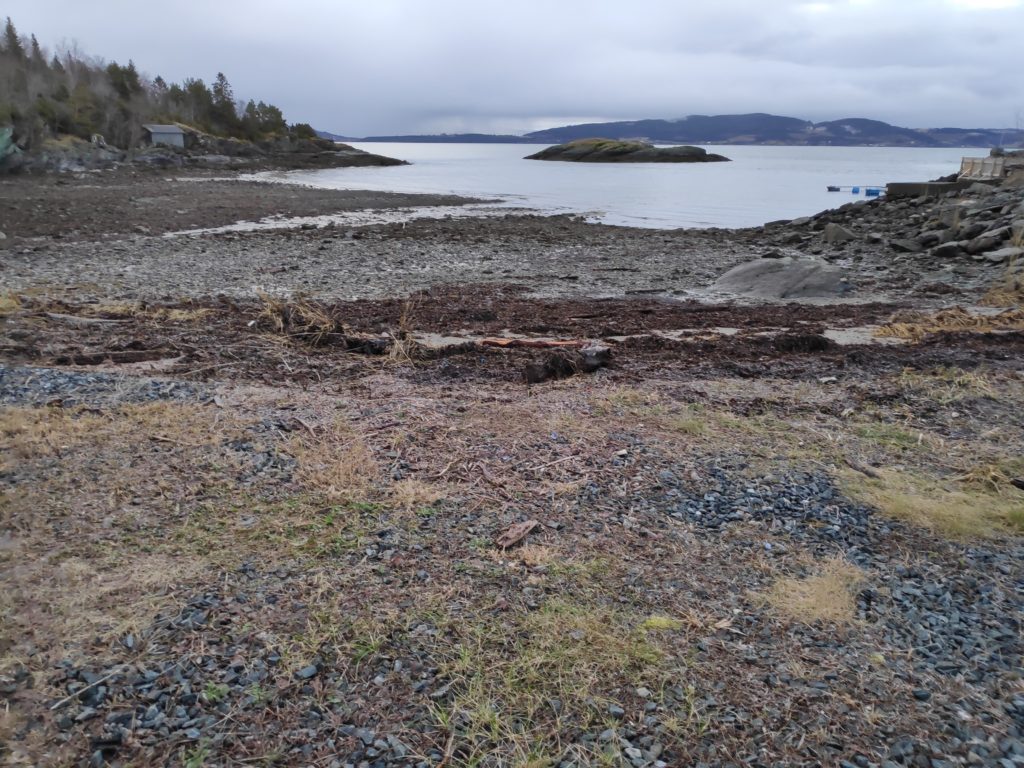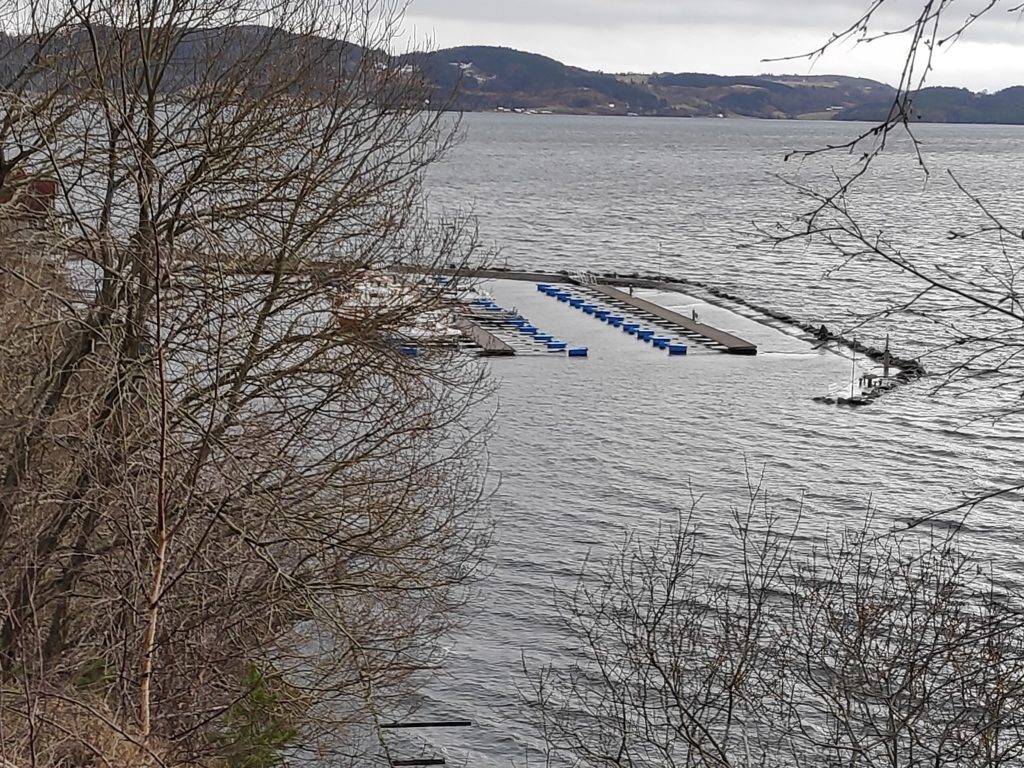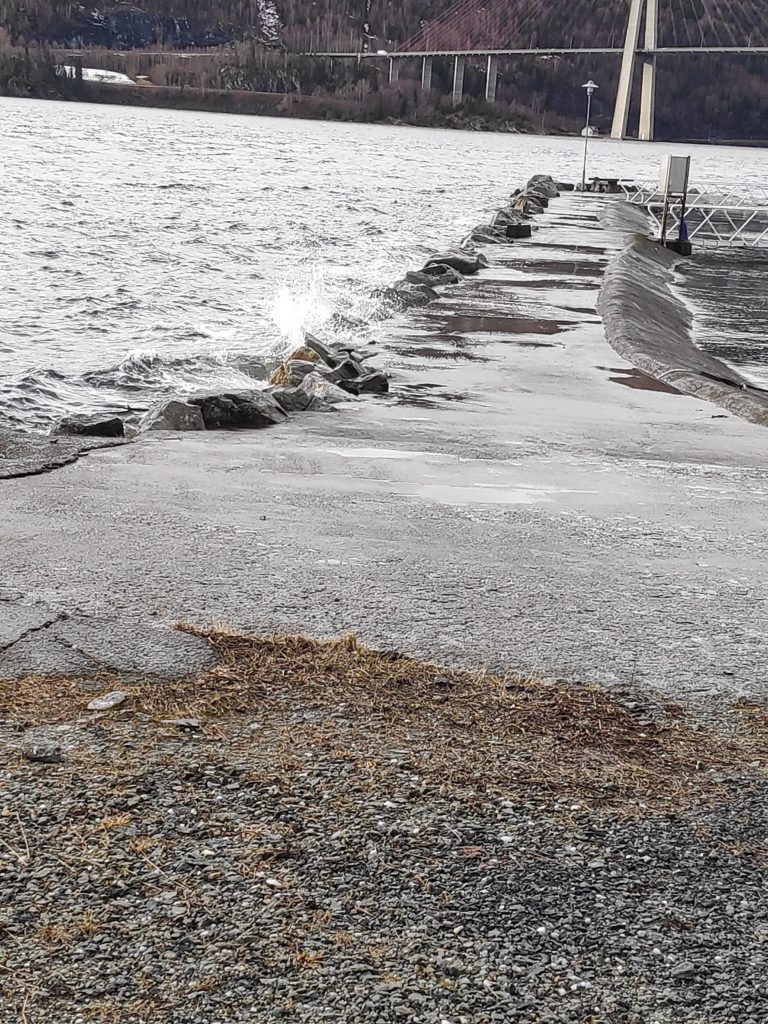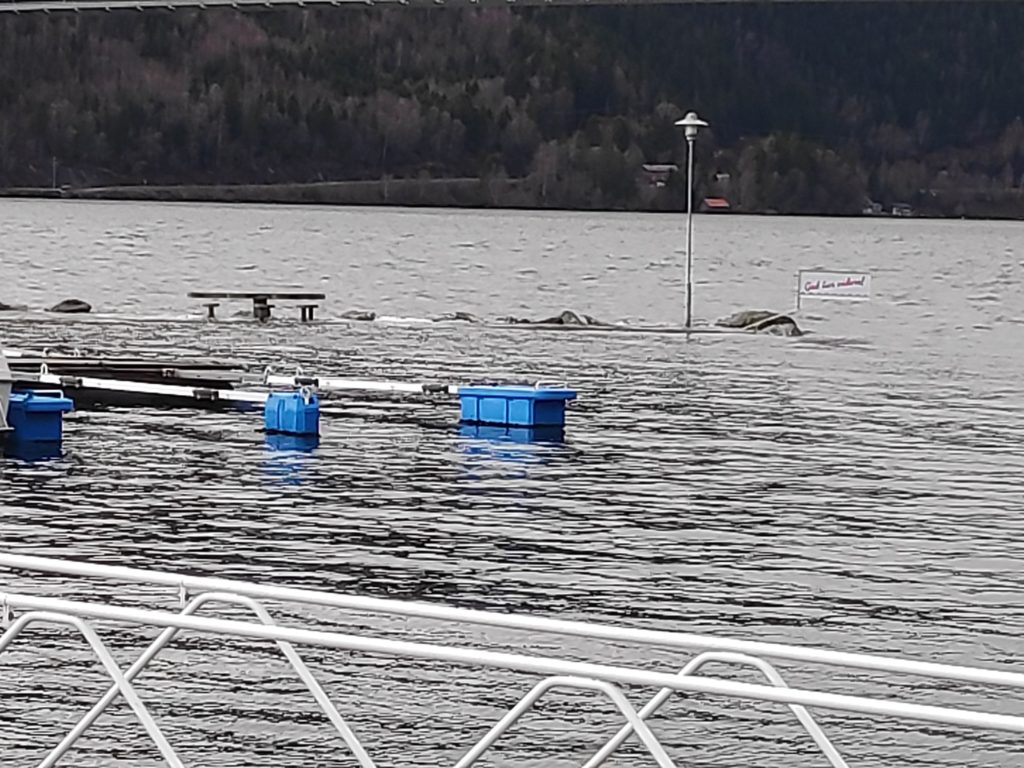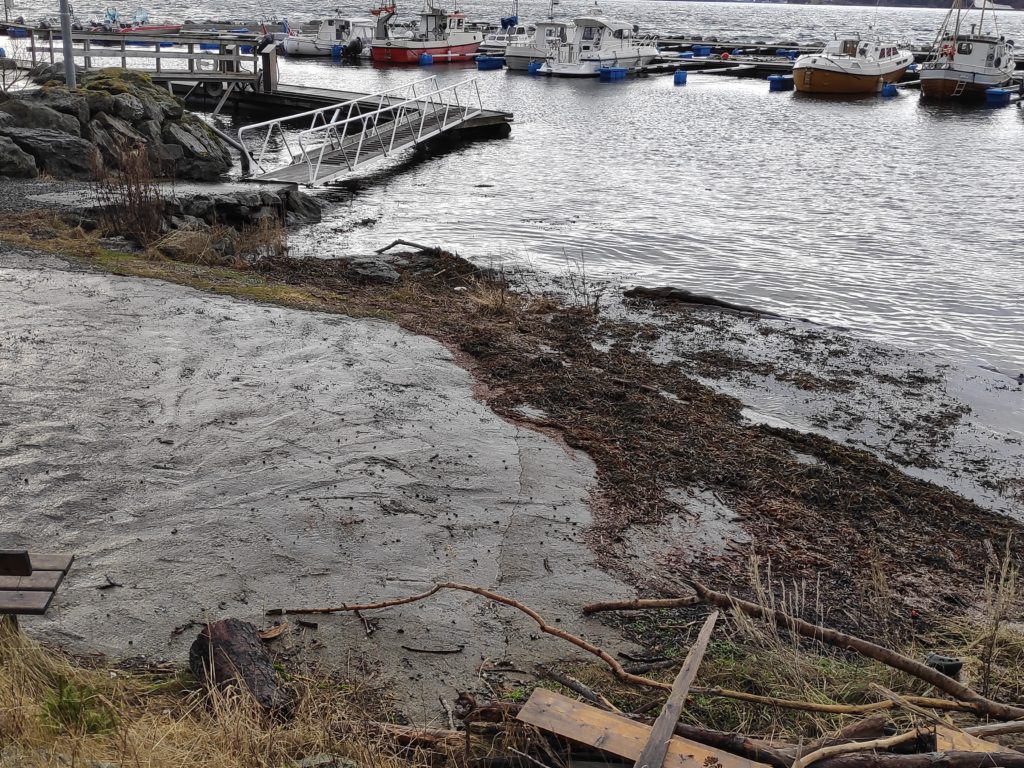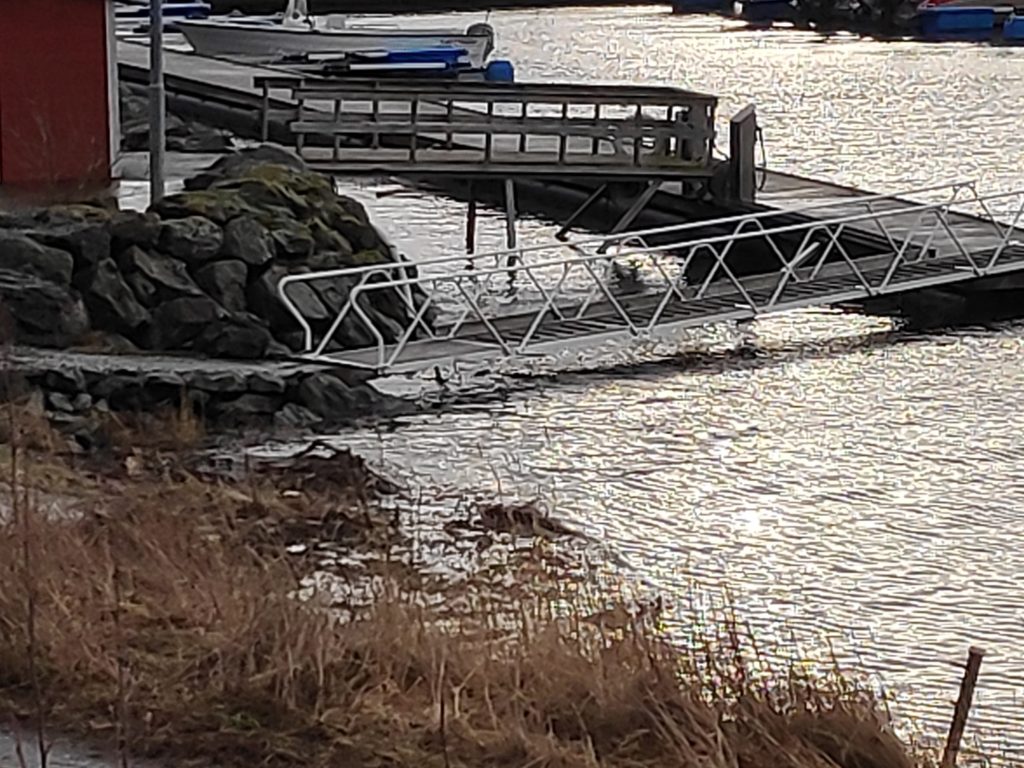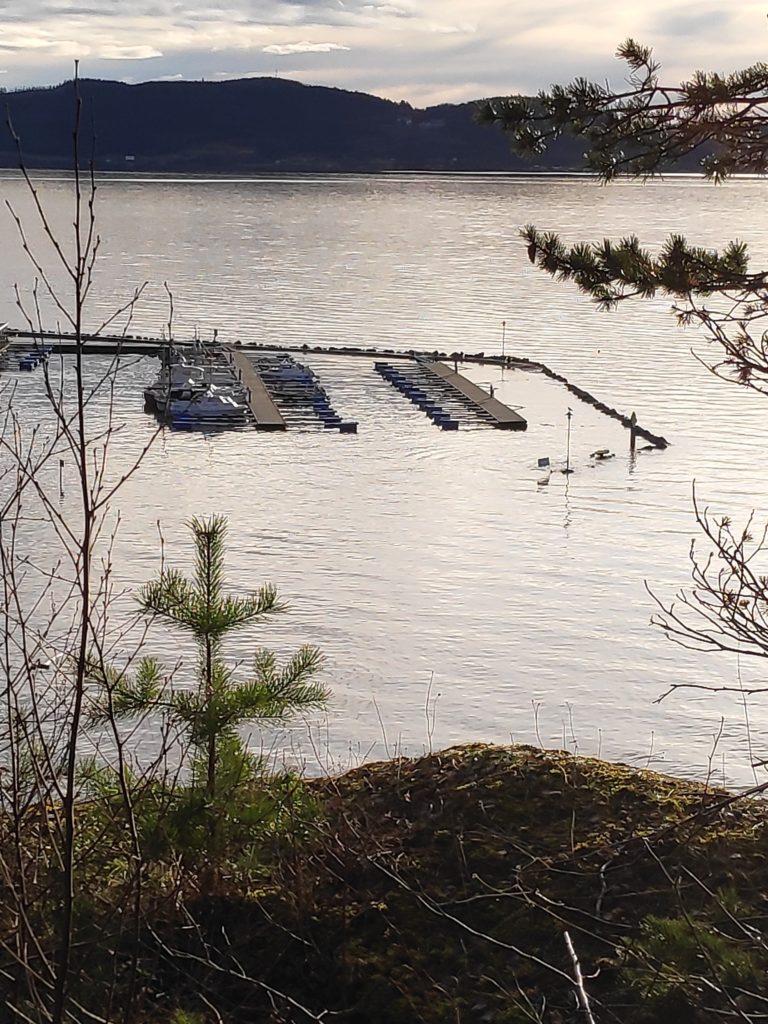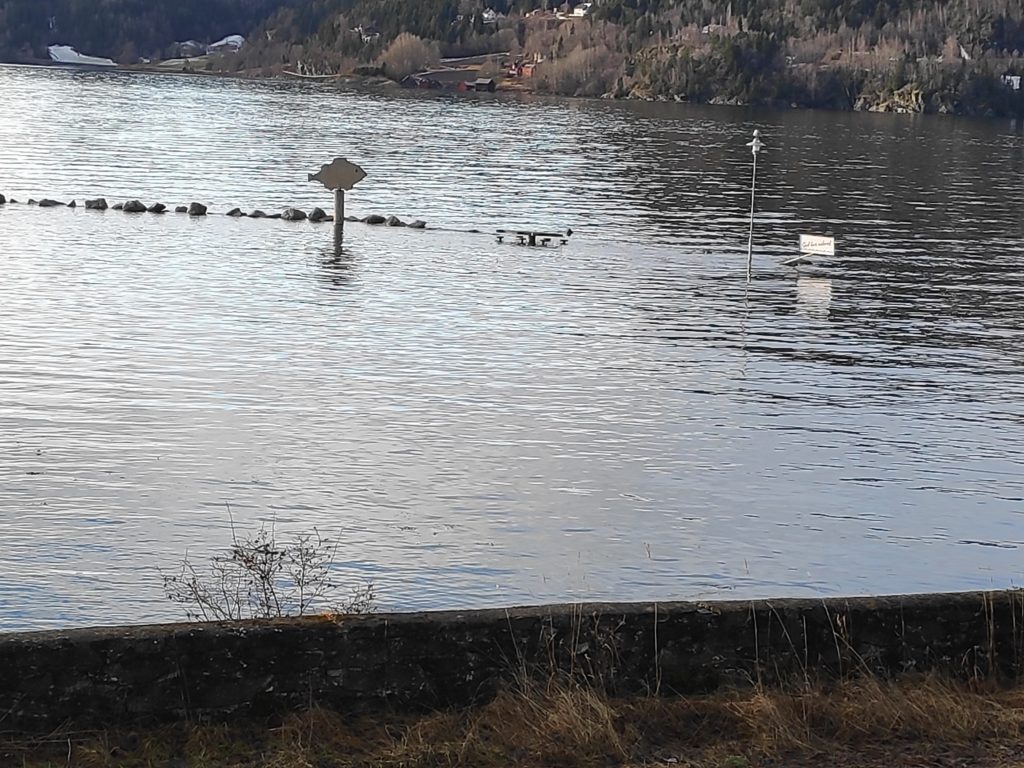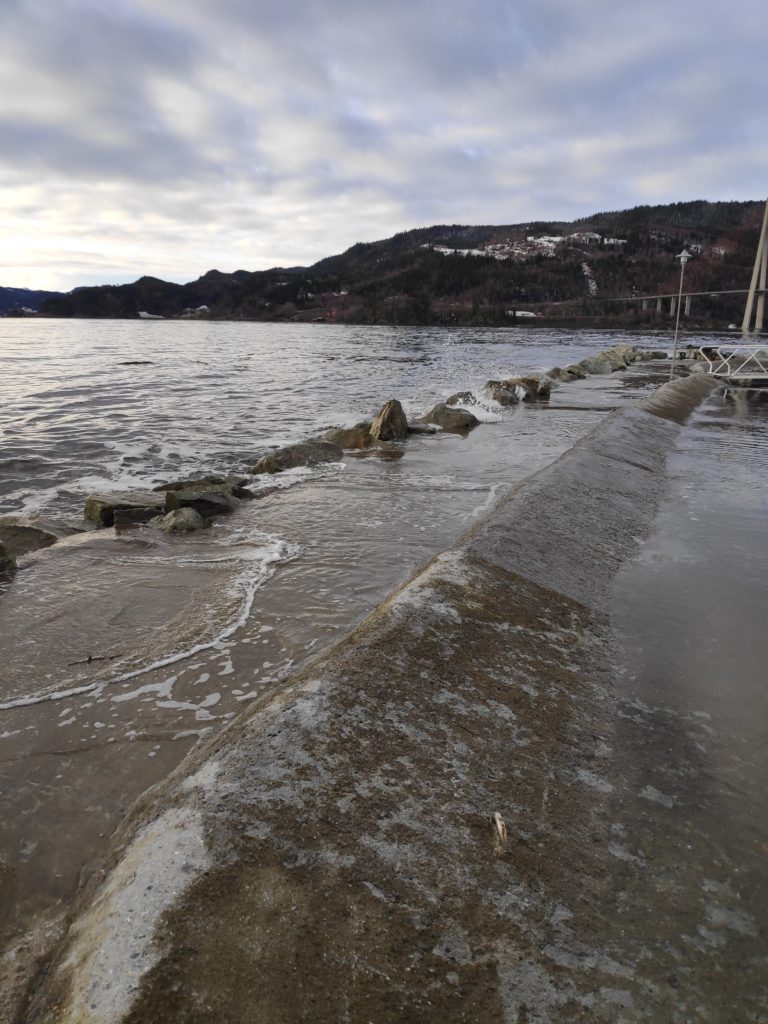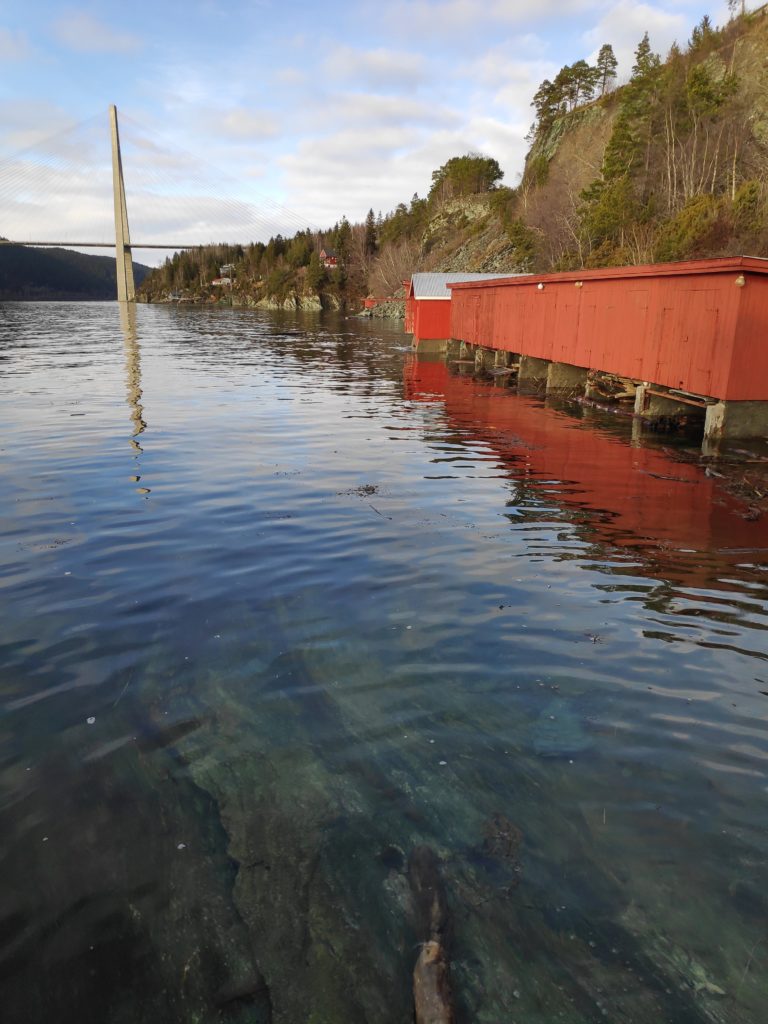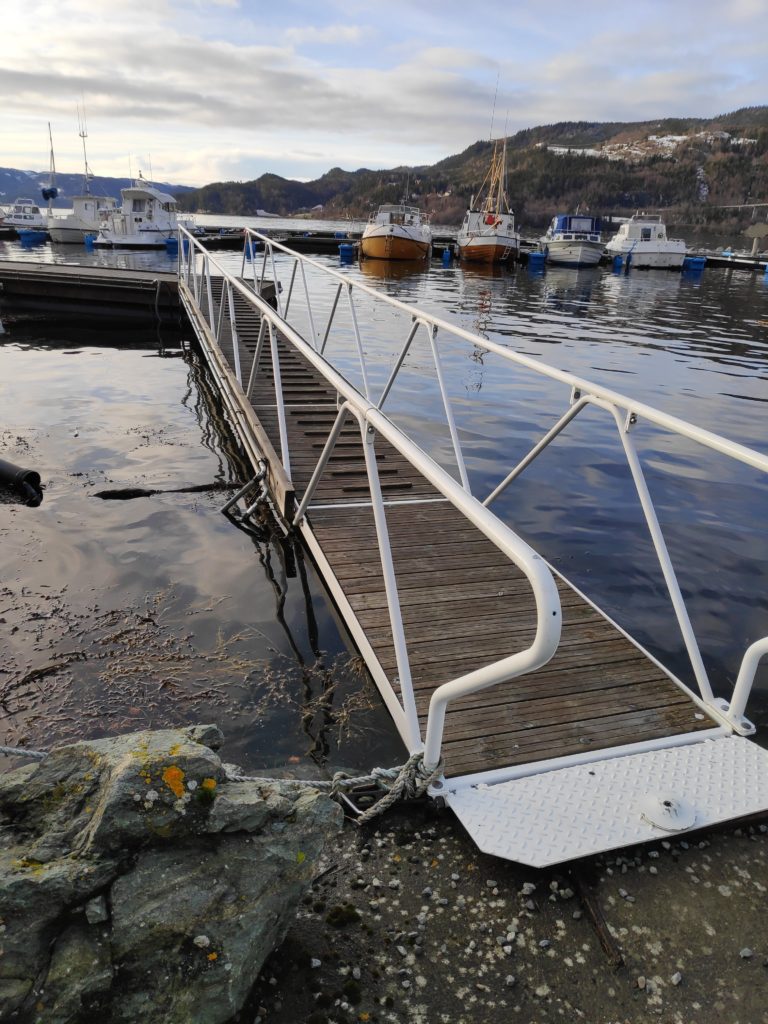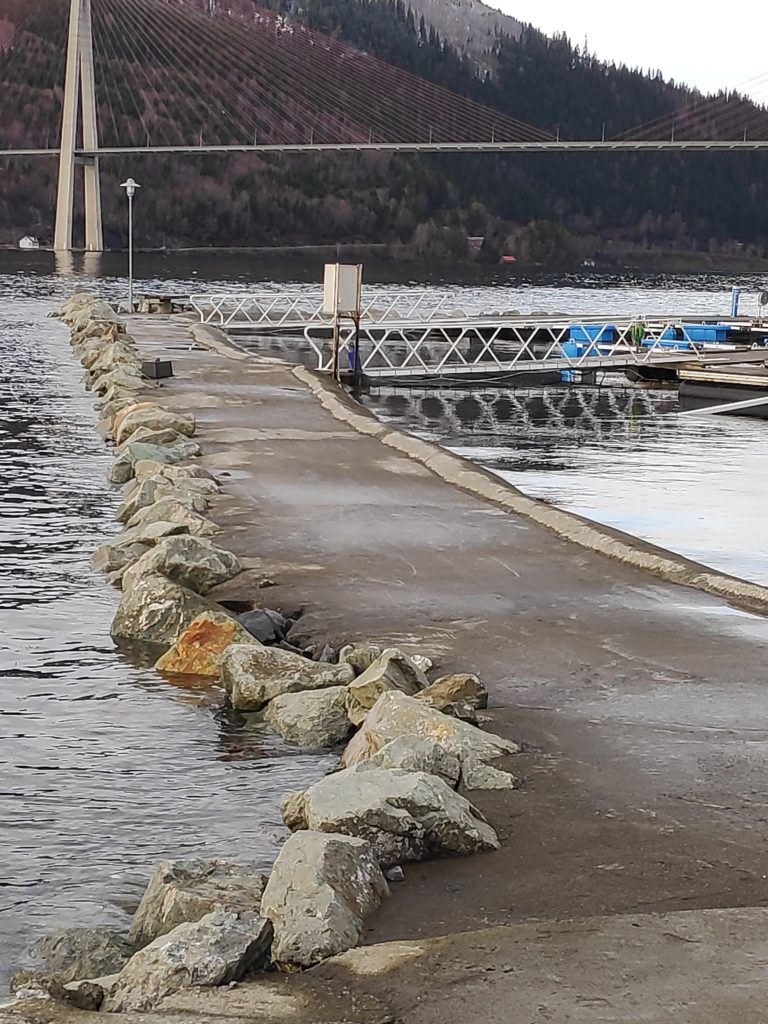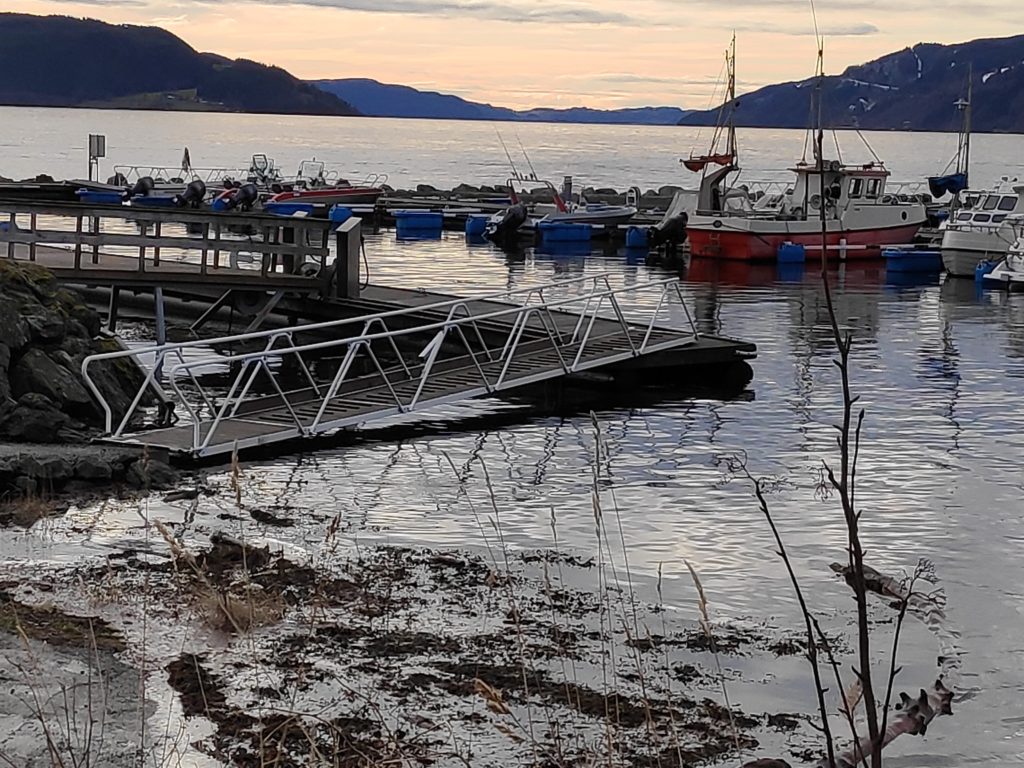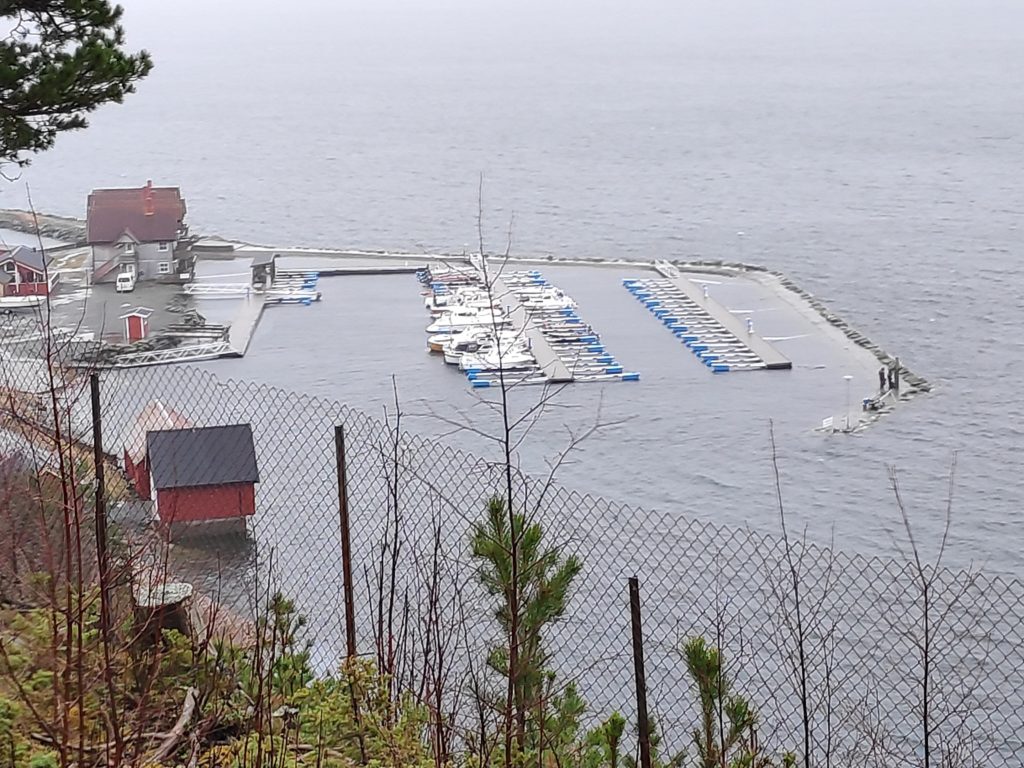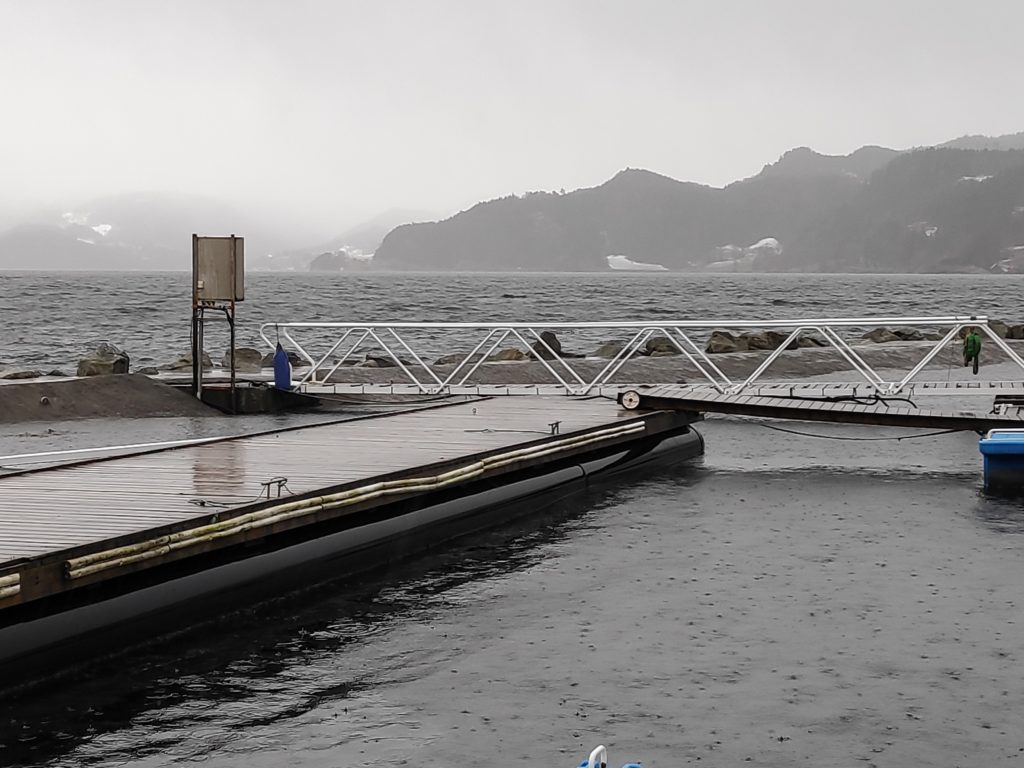With a large dump of snow in April, I have been thinking about what are the signs that spring has actually arrived. First of all, I think that the disappearance of the snow is an important sign.
Let’s look at what the definition of spring is for Norway. This excerpt is taken from the Store Norske Leksicon: Vår er er årstiden mellom vinter og sommer, og den perioden av året hvor normal døgnmiddeltemperatur er mellom 0ºC og 10ºC (disse inkludert). Temperaturen stiger gjerne i denne perioden and quoted on www.met.no. Translation: Spring is the season between winter and summer and that part of the year when the normal average day temperature is between 0 degrees C and 10 degrees C, including these temperatures. The temperature is usually rising during this period. Calculation of the average day temperature will differ depending on the number of readings taken during the day. The simplest calculation is the highest temperature is added to the lowest temperature and then divided by two (for example, 10 + 0 = 10, 10/2 = 5)
Another common definition of spring is the time between the spring equinox in March and the summer solstice in June, but this is a bit too general for my way of thinking. I prefer the previous definition which is tied to temperature.
If I look at some weather statistics for areas near here, but measured near sea level, there are very few days in March when the average day temperature is below zero degrees Celsius. By the end of April there should be none. This does not mean that there will not be freezing temperatures at night, but that the temperature rises sufficiently during the day that the average temperature is well above zero.
Spring is often thought of as that time of the year when the first flowers come out.
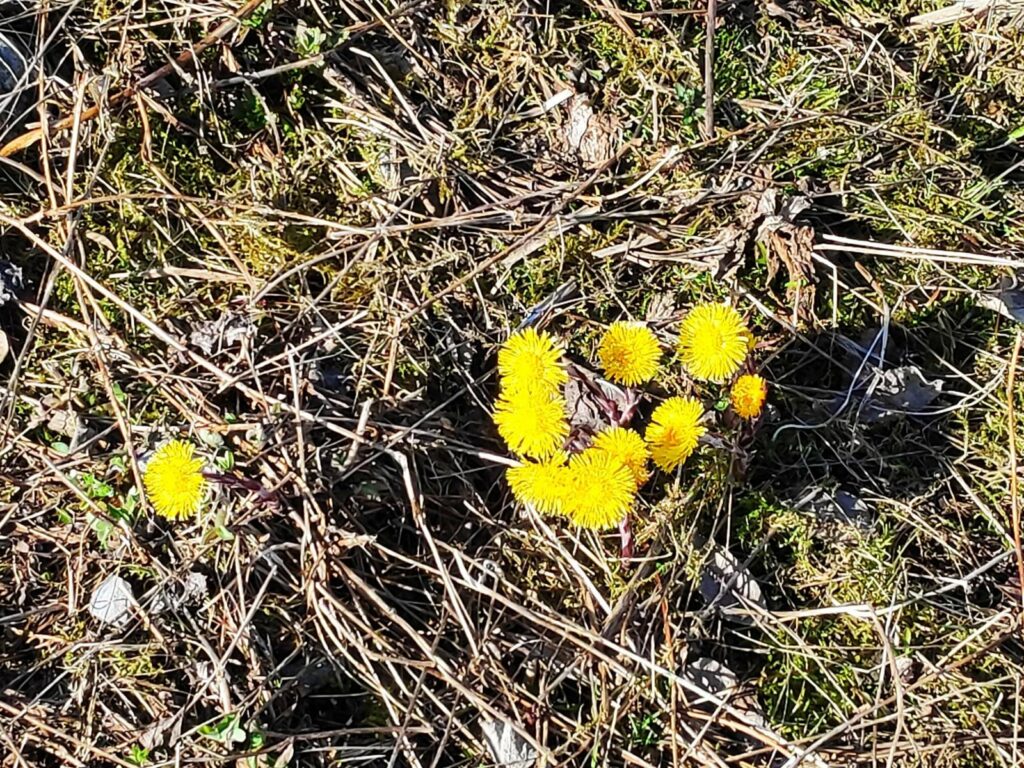
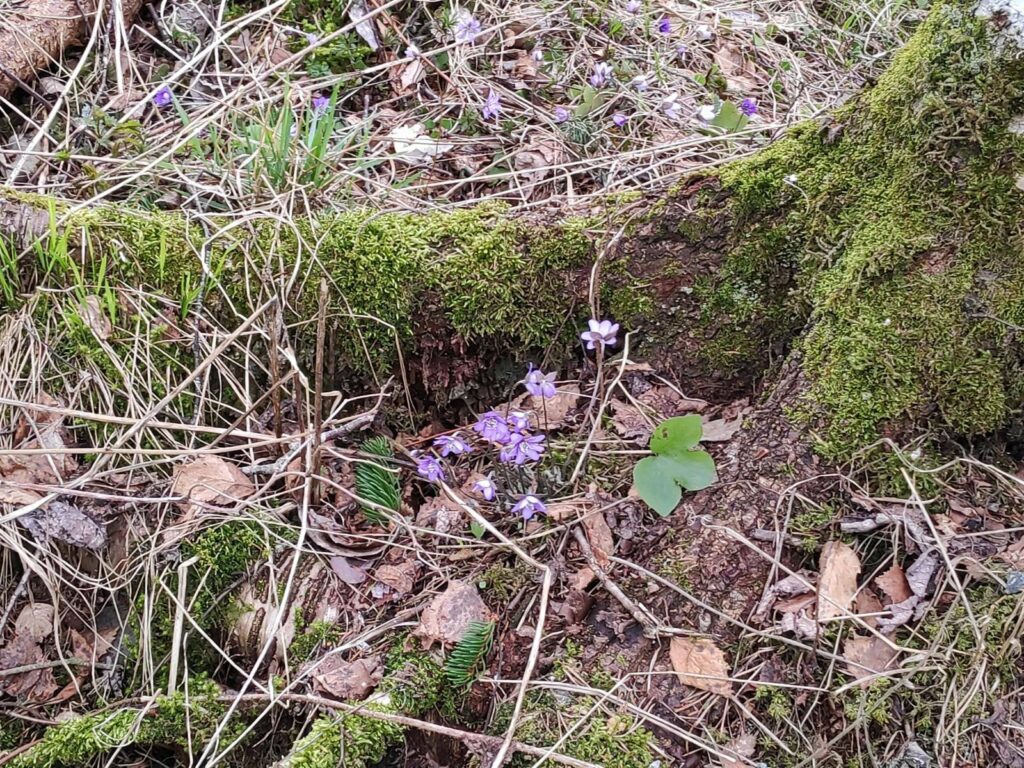
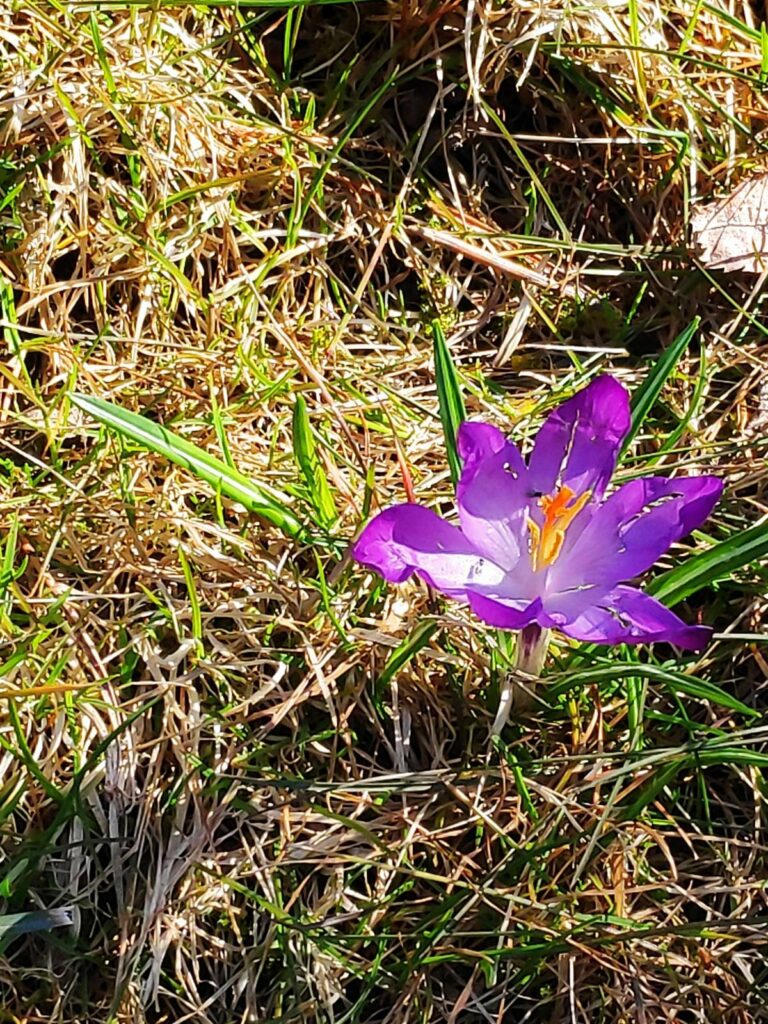
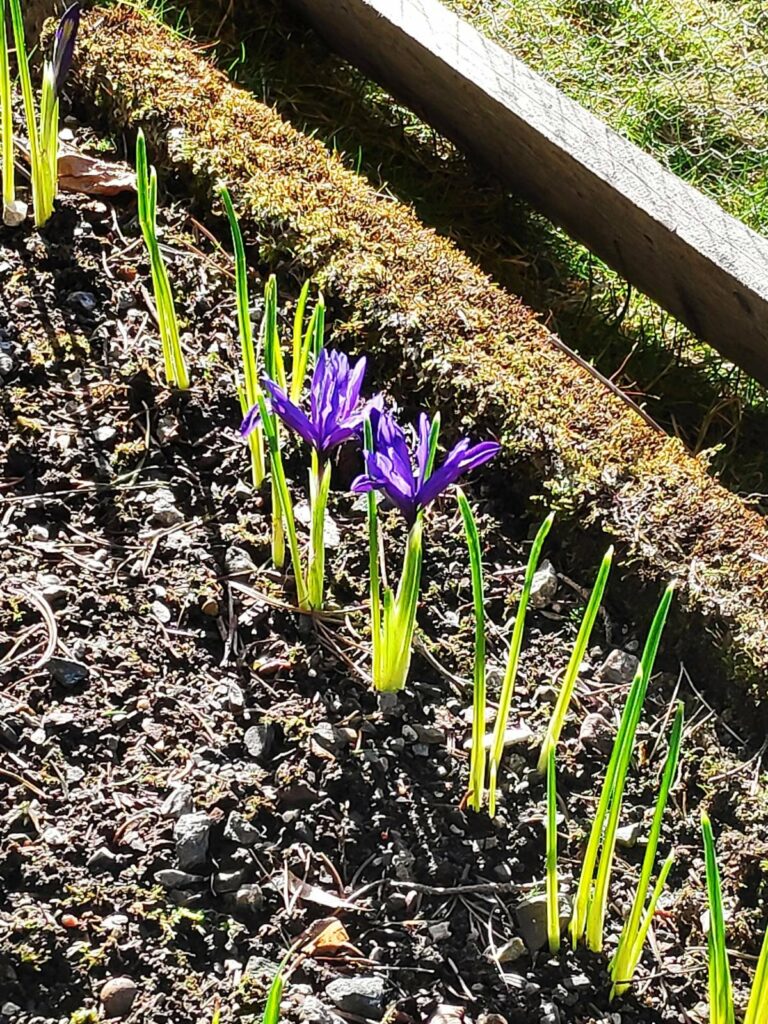
I live in an agricultural area so another sign of spring is the outdoor work of the farmers. They also give us some less pleasant smells as they spread their animal manure on the fields.
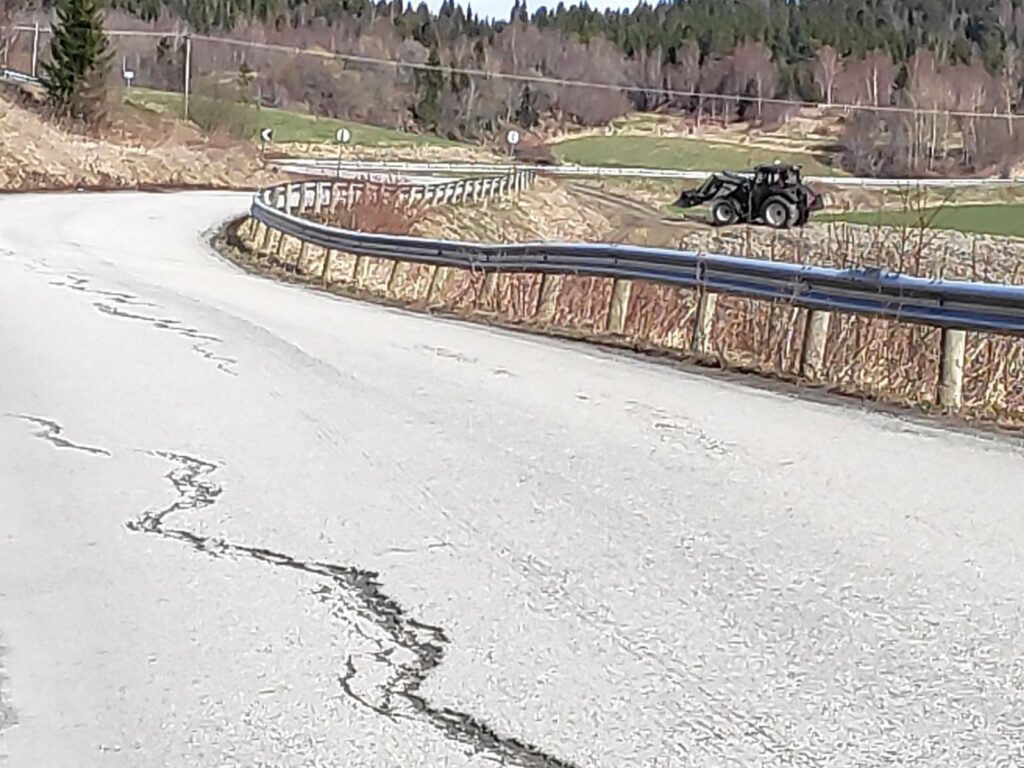
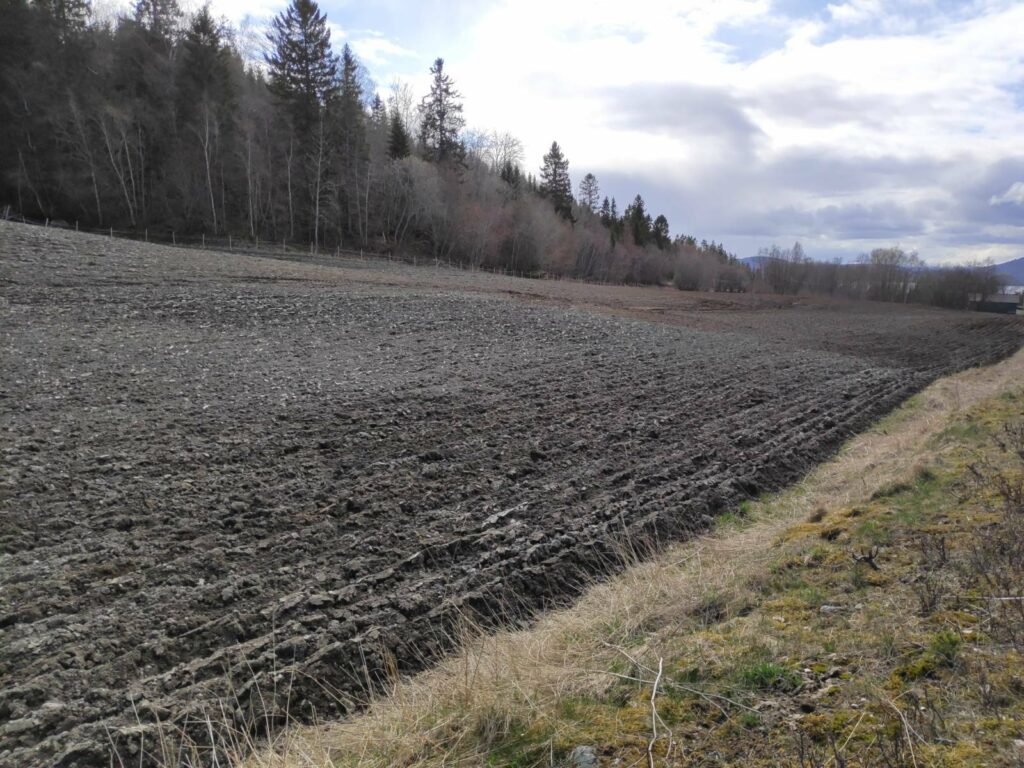
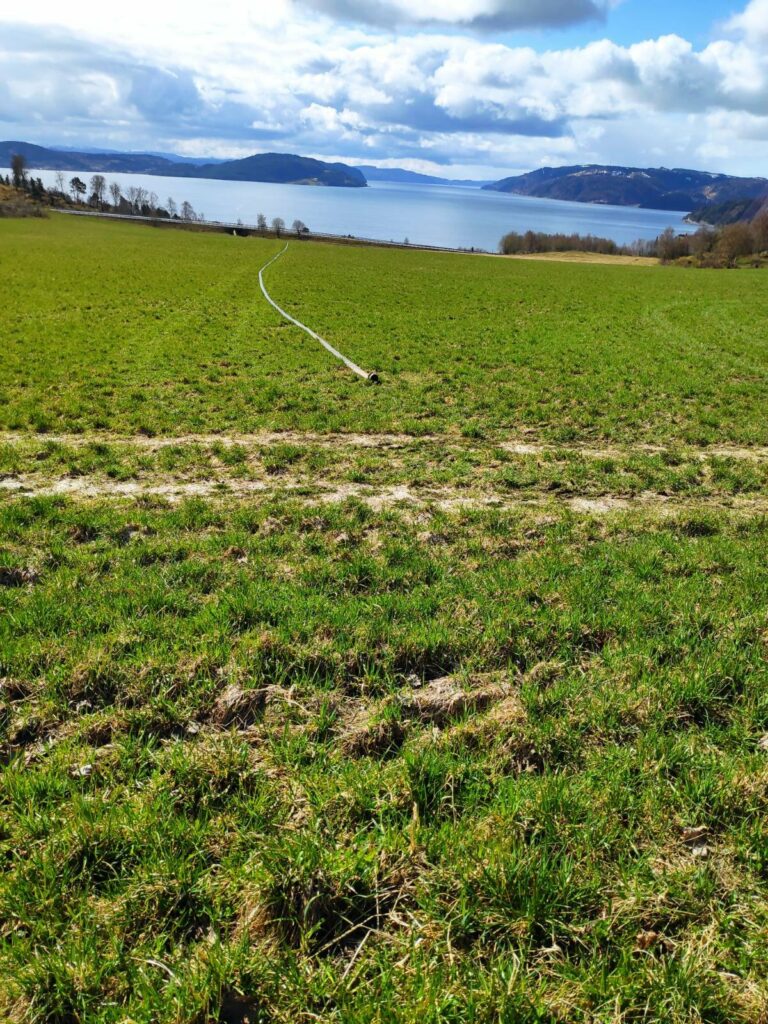
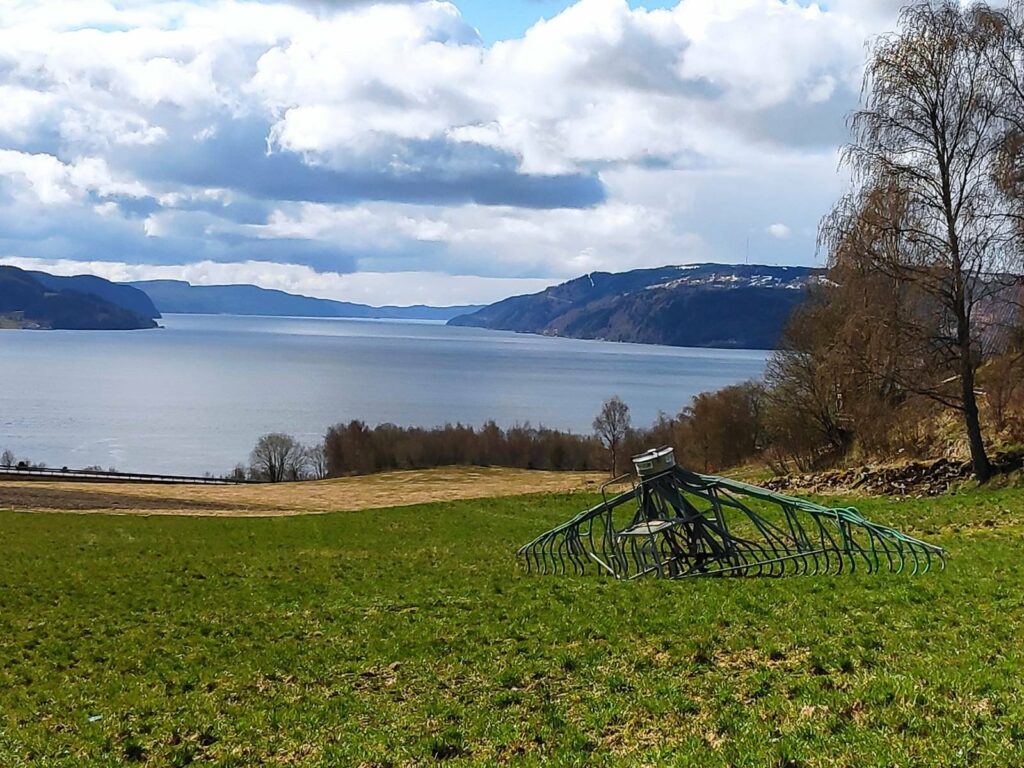
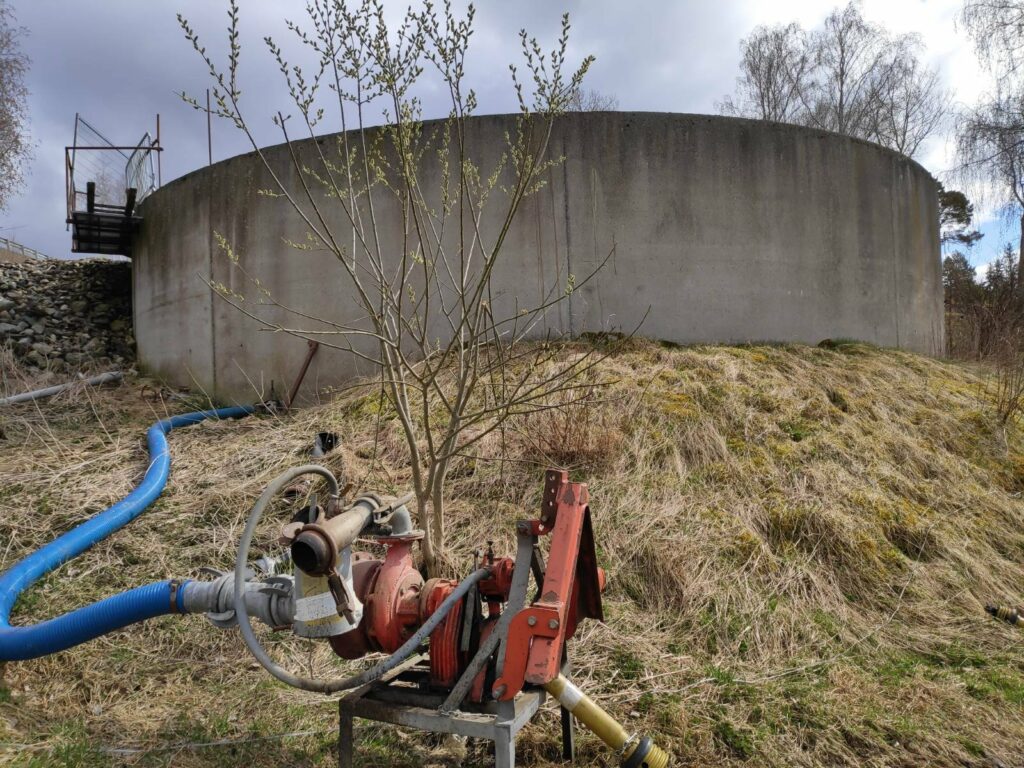
More pleasant signs of spring include the return of birds. We have several species of seagulls that live near us. Some of them are here all winter long, but the noisiest one, Larus canus, loves to follow the tractors around as they plough the fields. They like to soar on the wind and often fly in large groups. Unfortunately, I don’t have any pictures to include about this species.
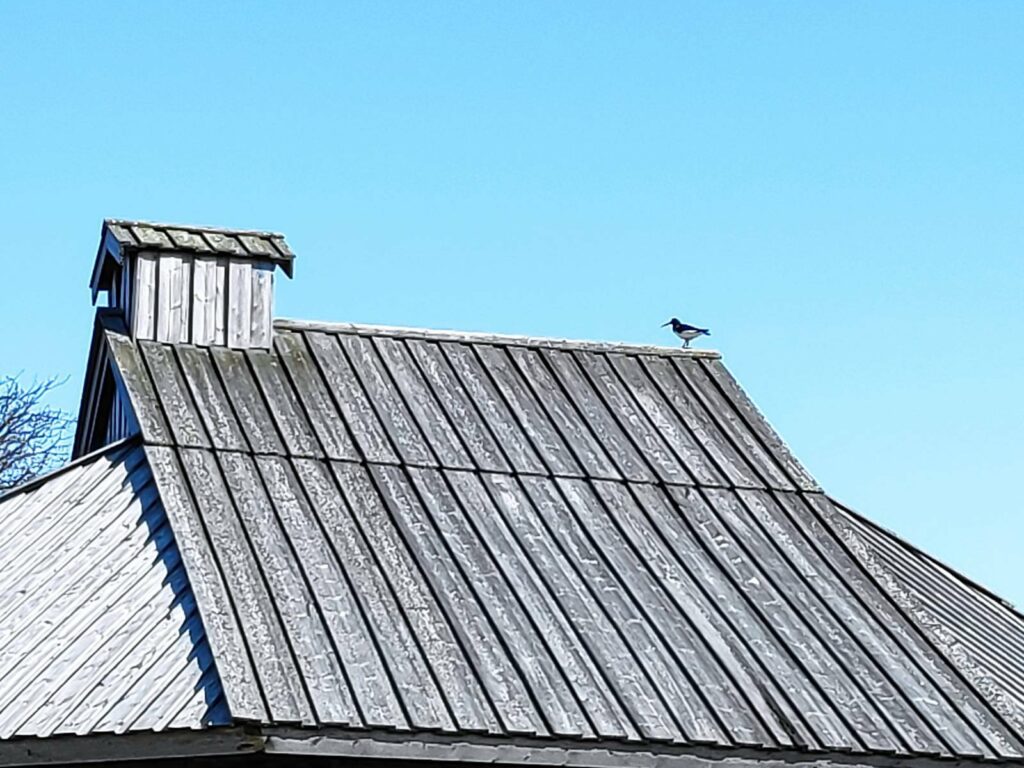
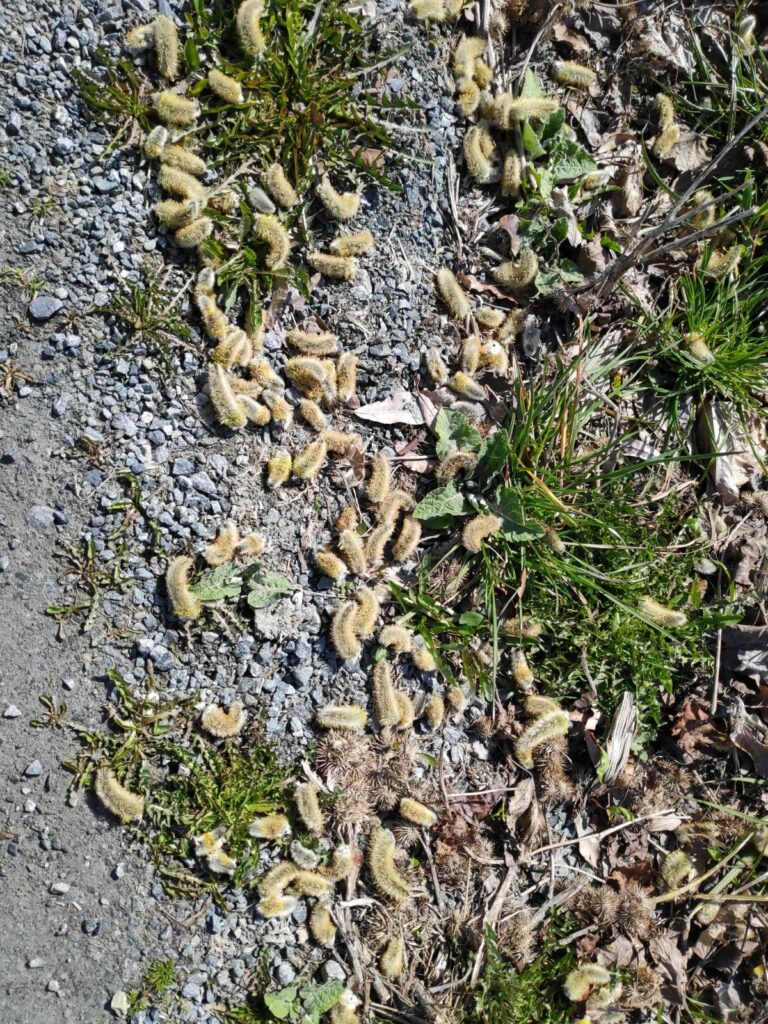
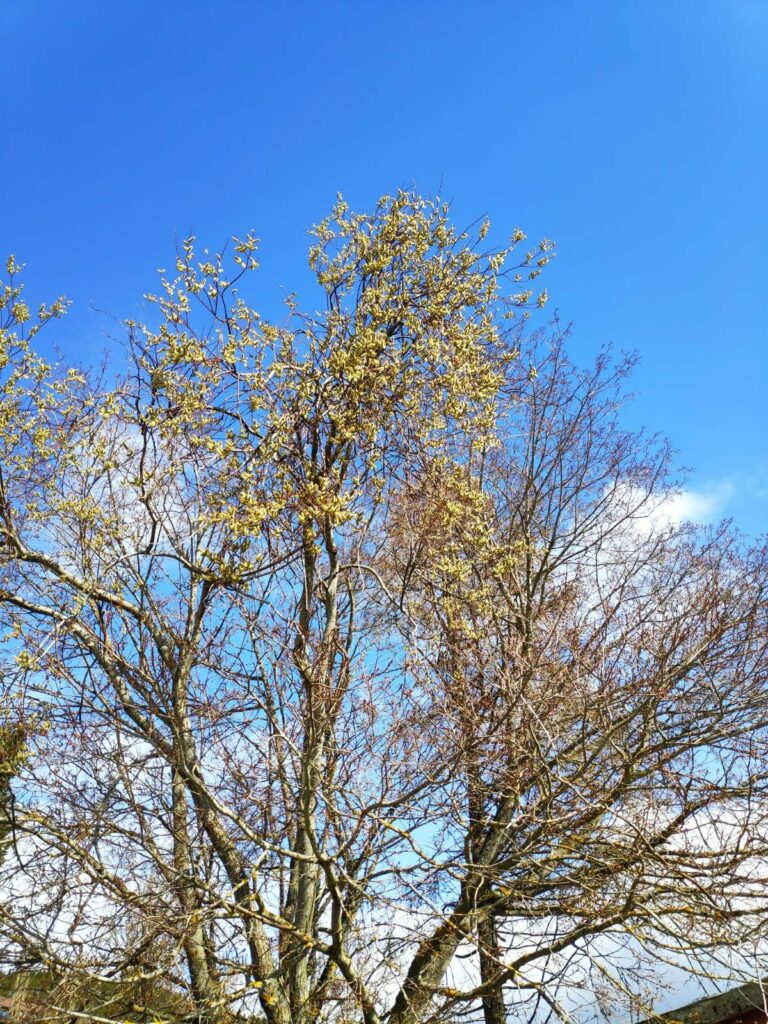
I would like to finish off this blog with a few pictures of plants in my garden. I enjoy going out to see what has started blooming and what has started sprouting .
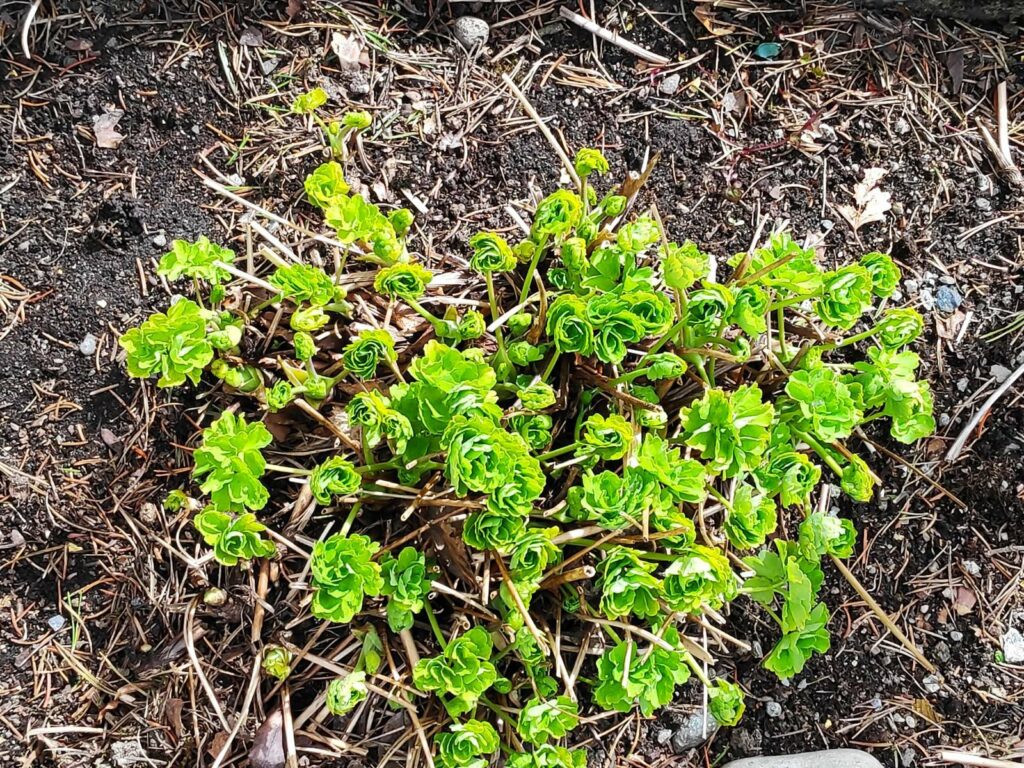
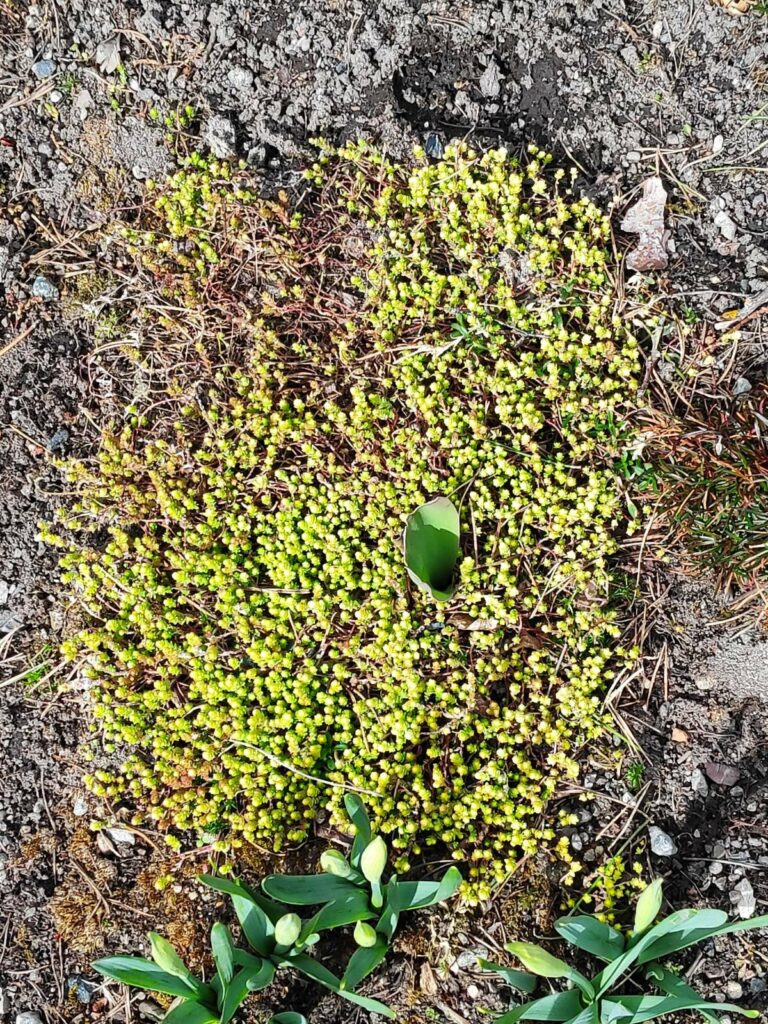
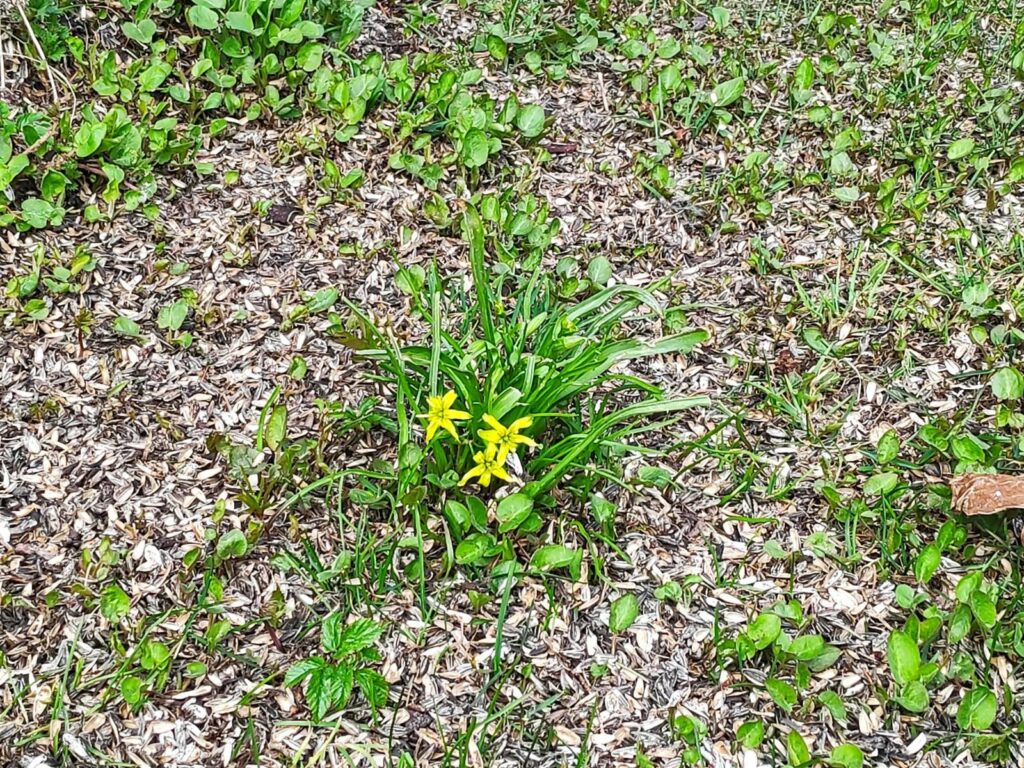
You may have other signs of spring in your area, but these were the things that I thought of while going on my walk today.

